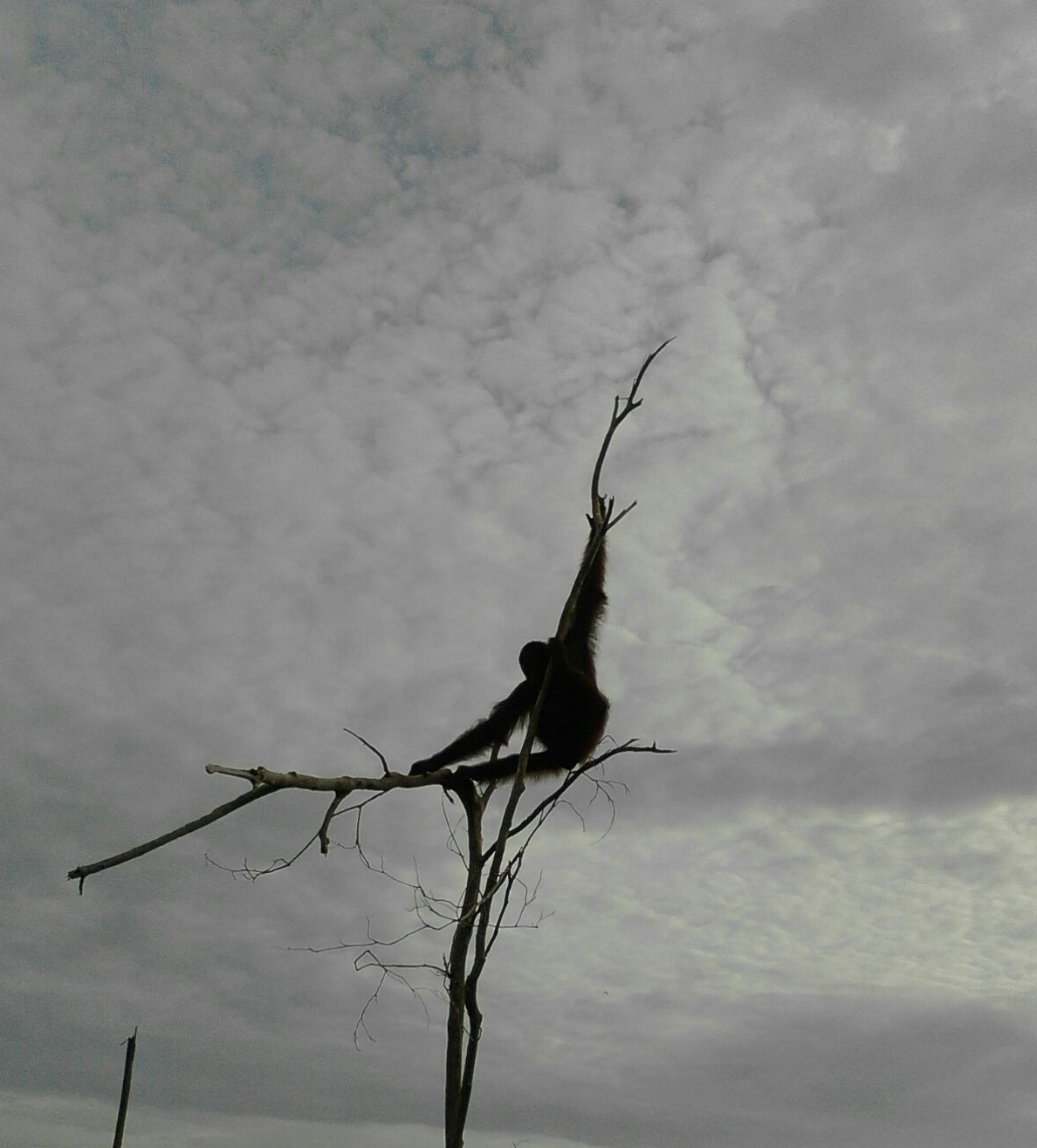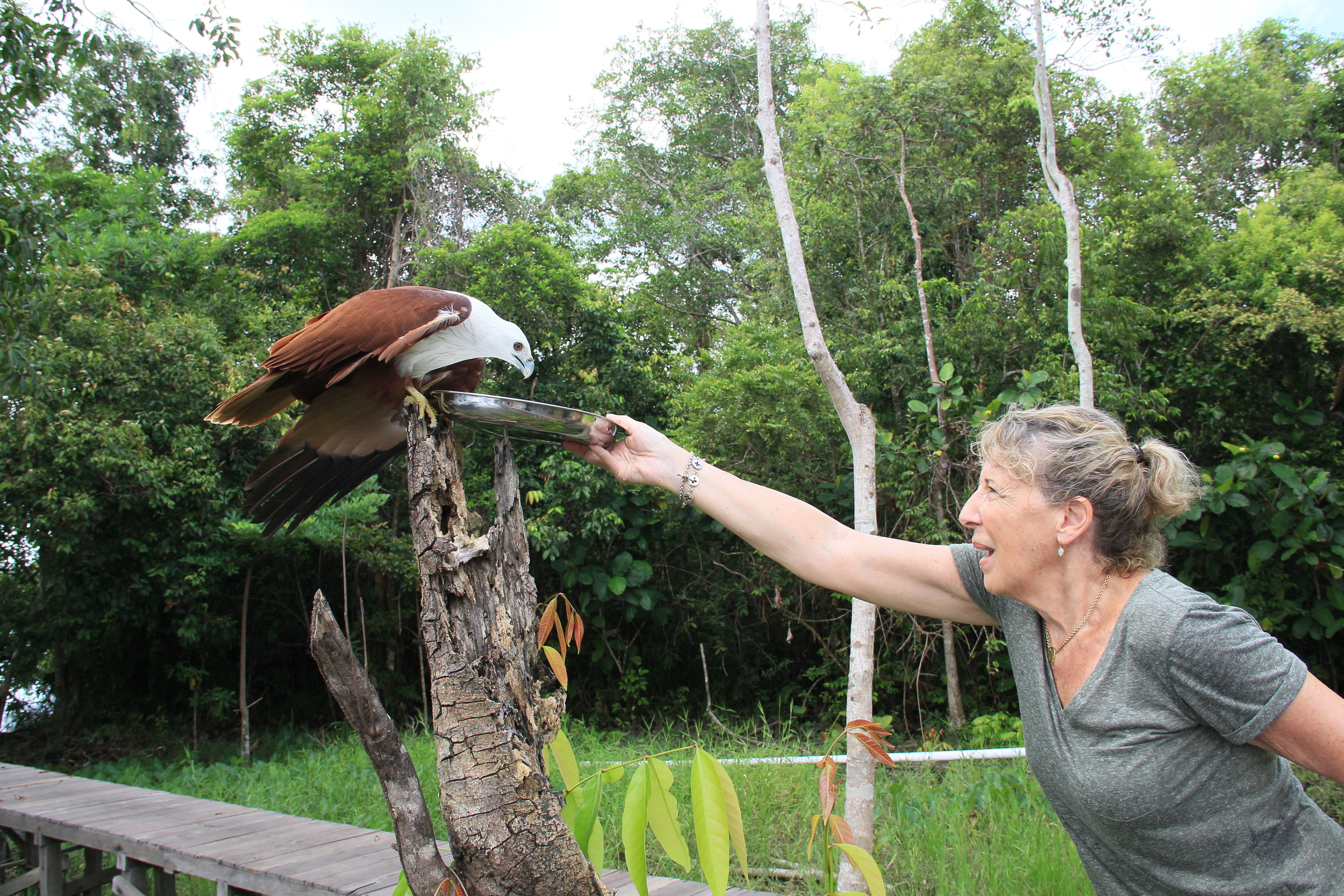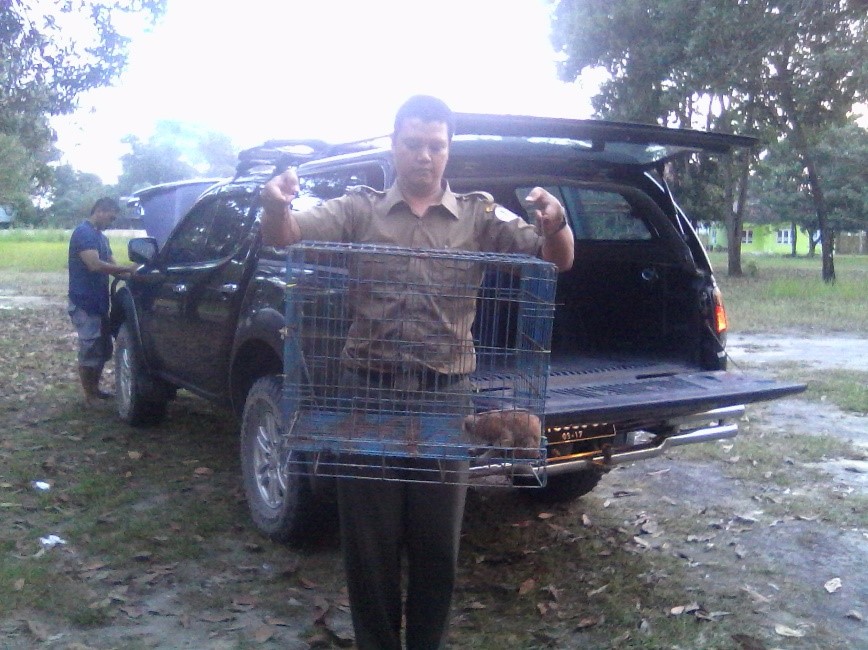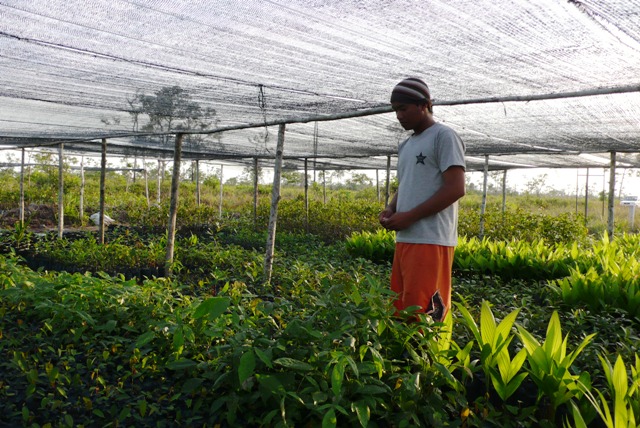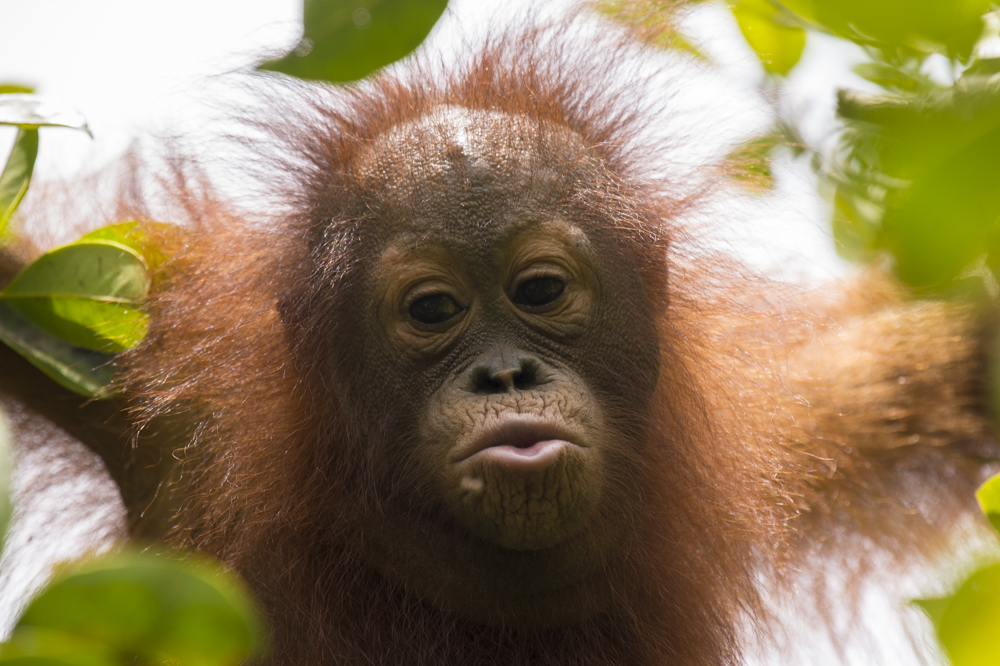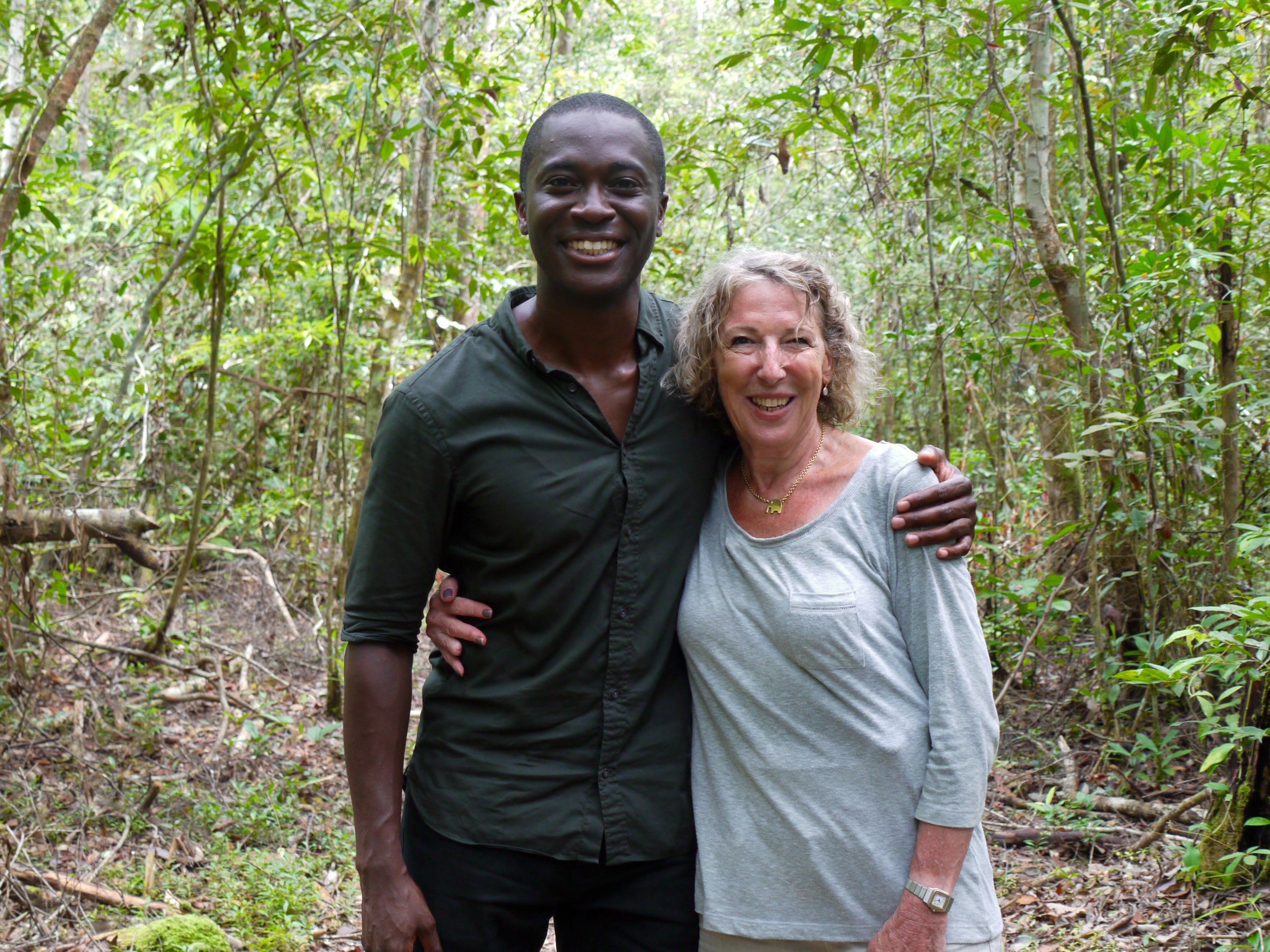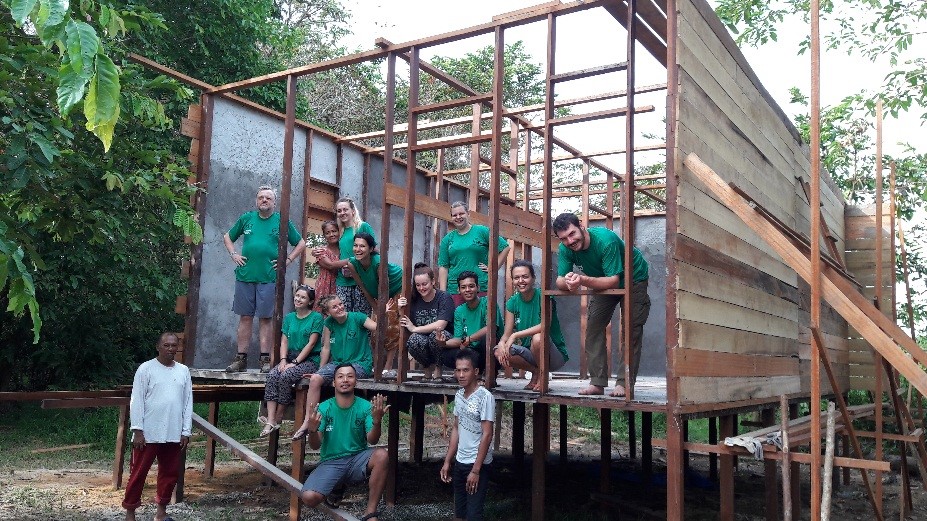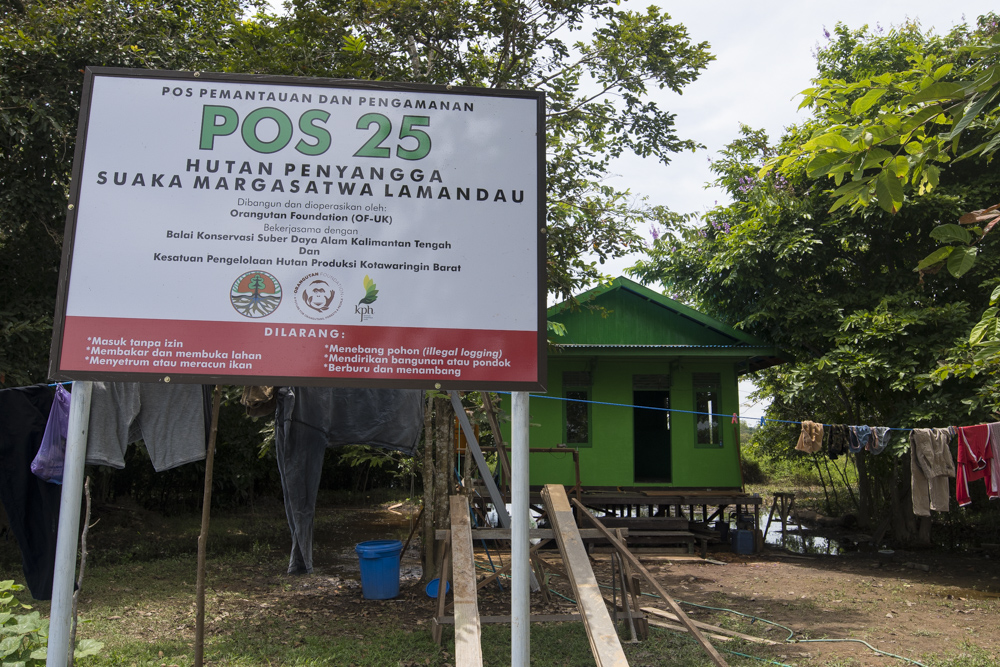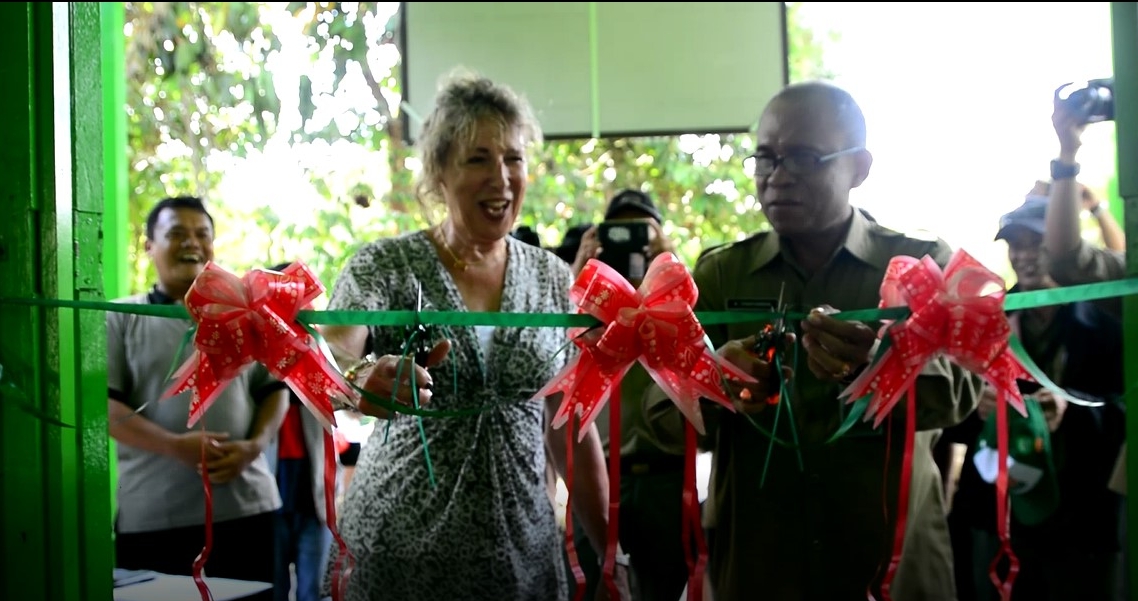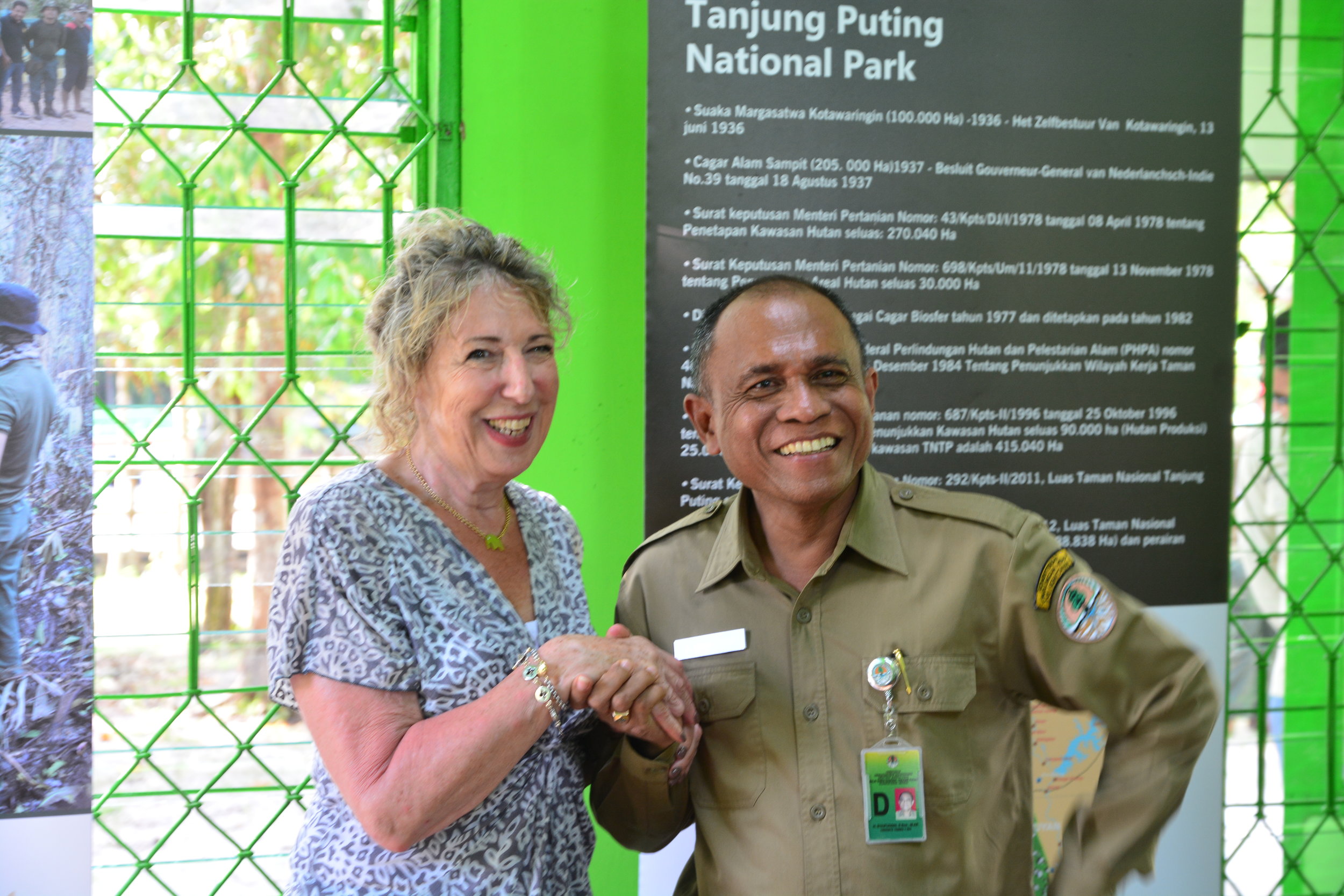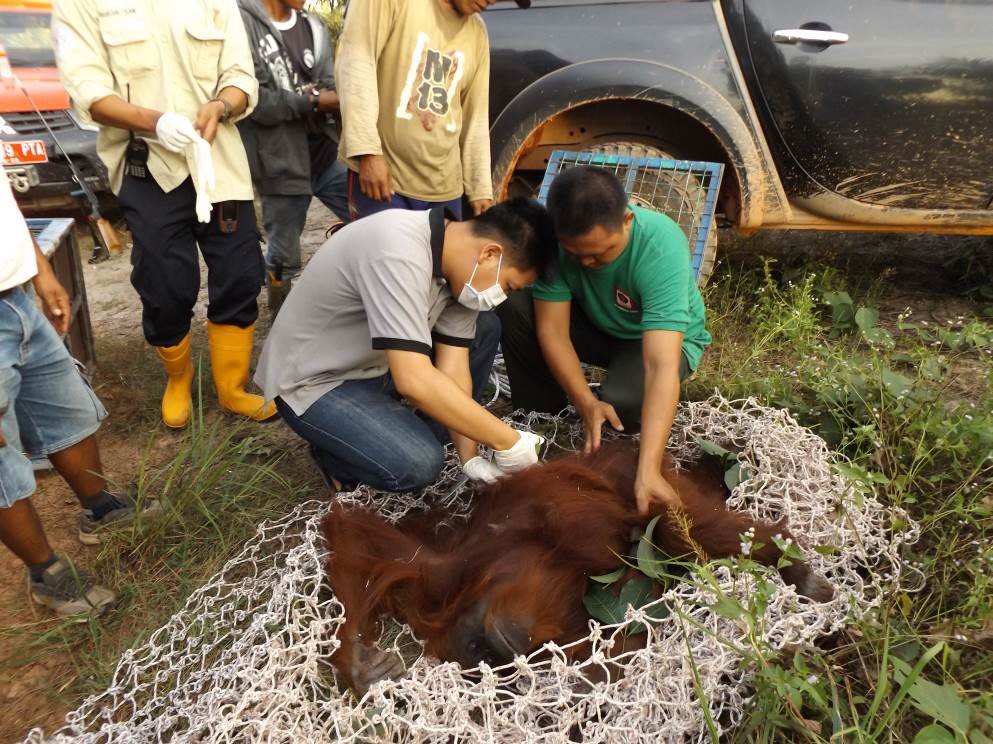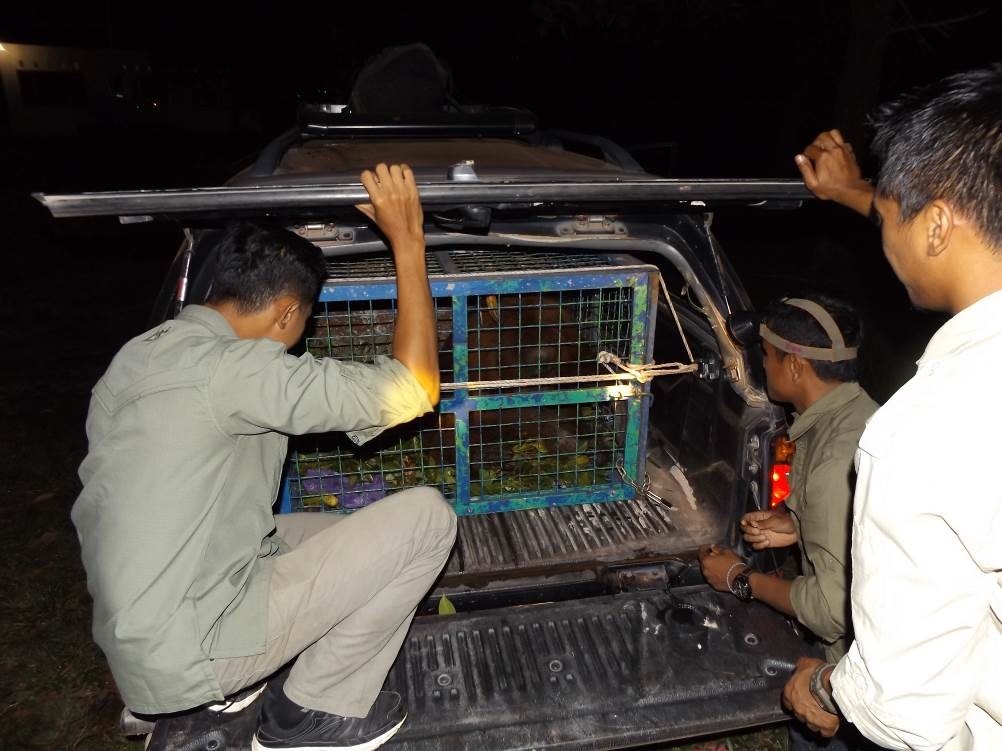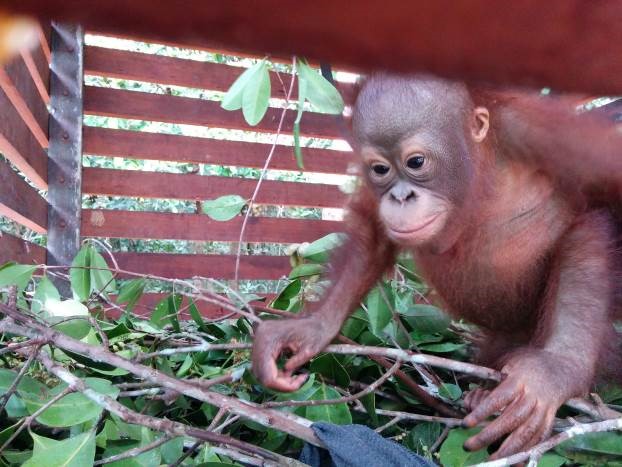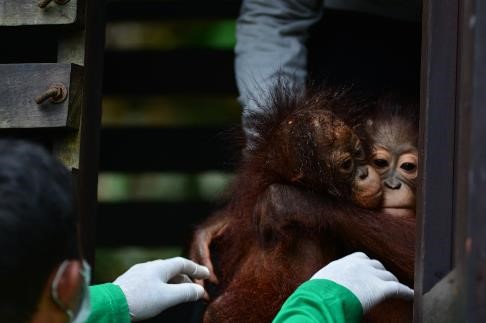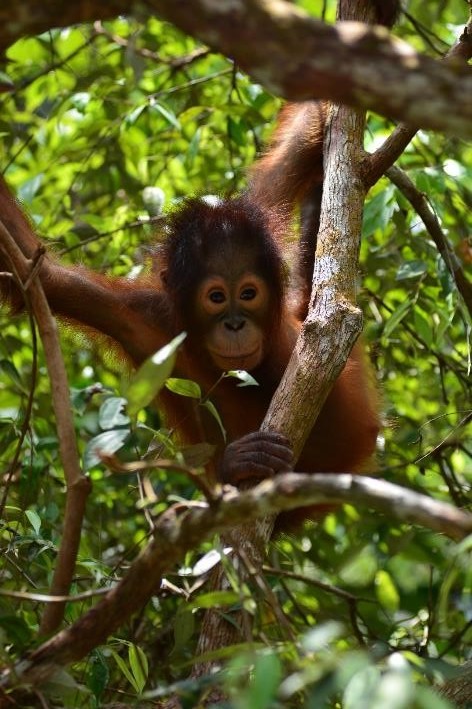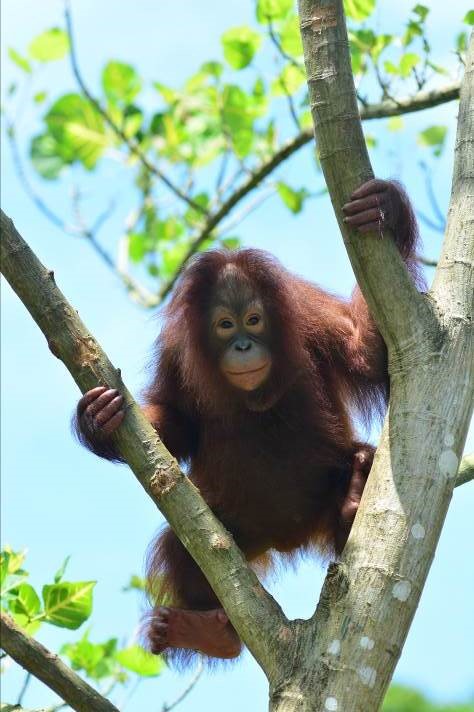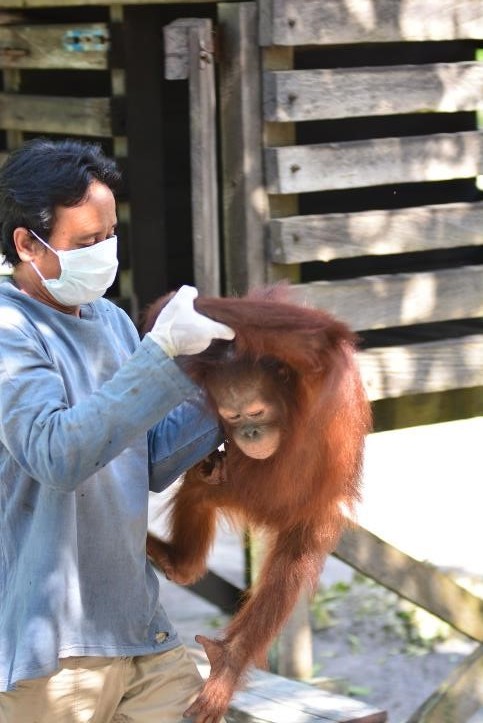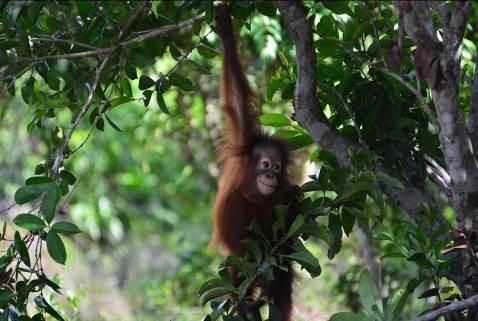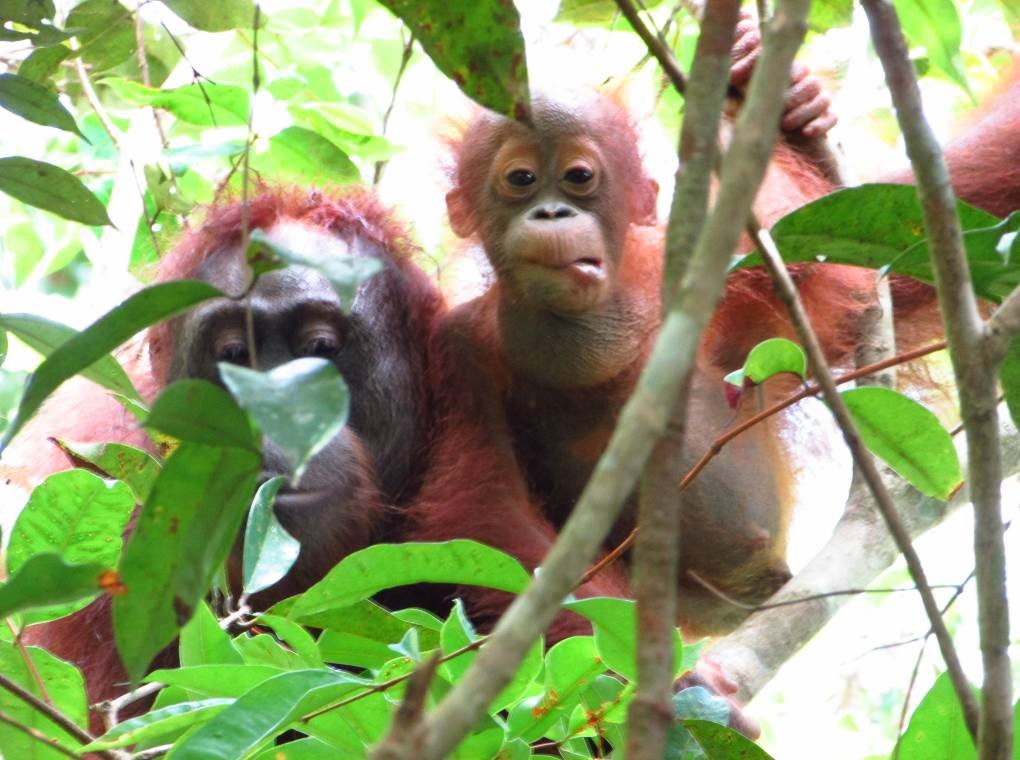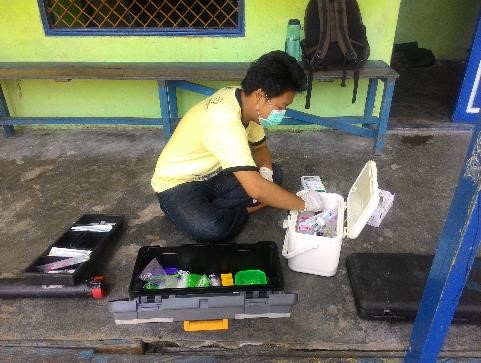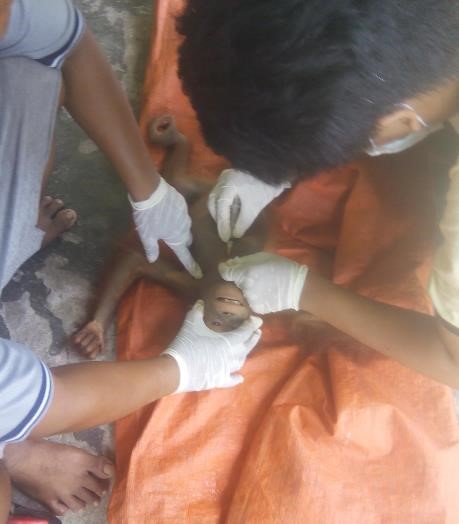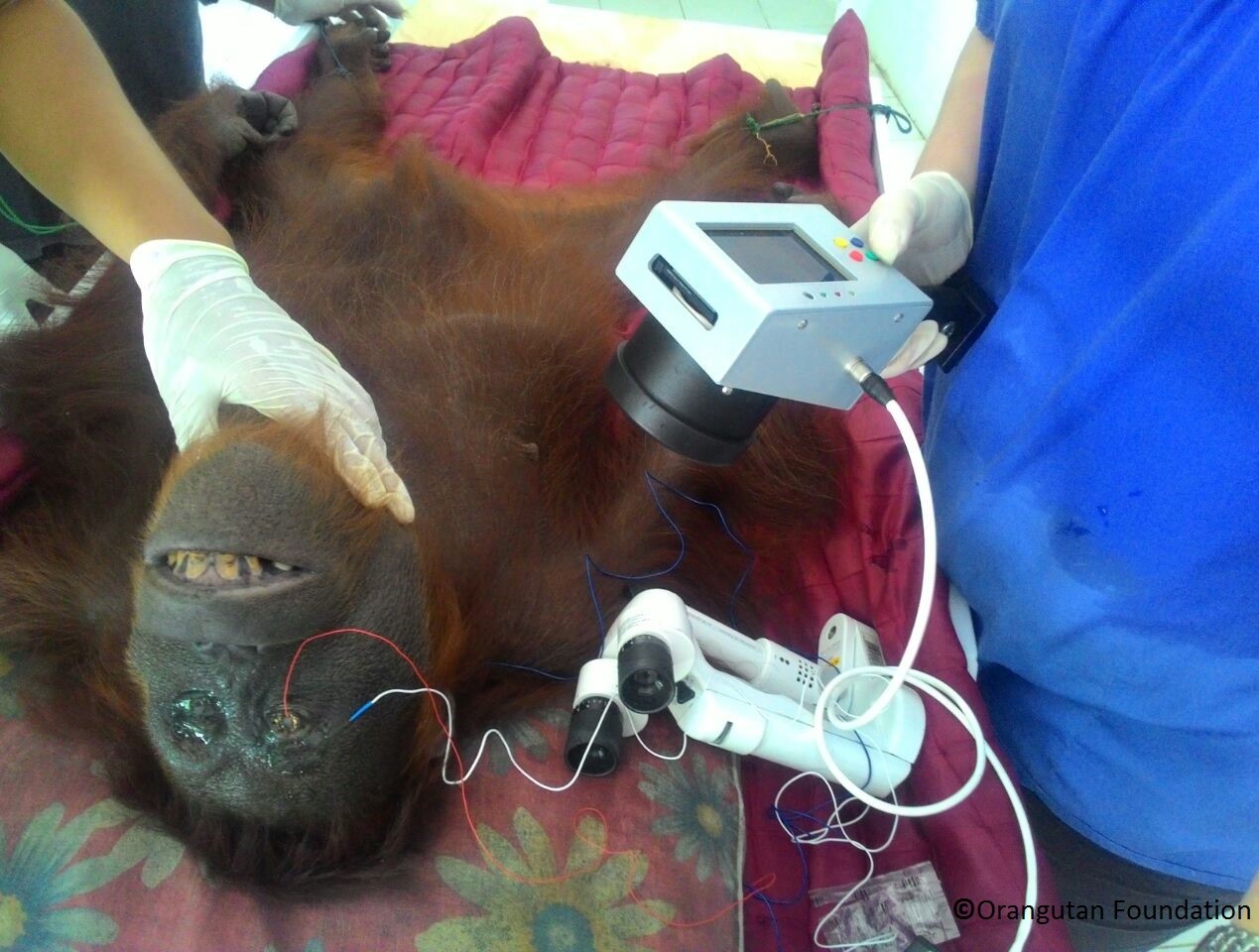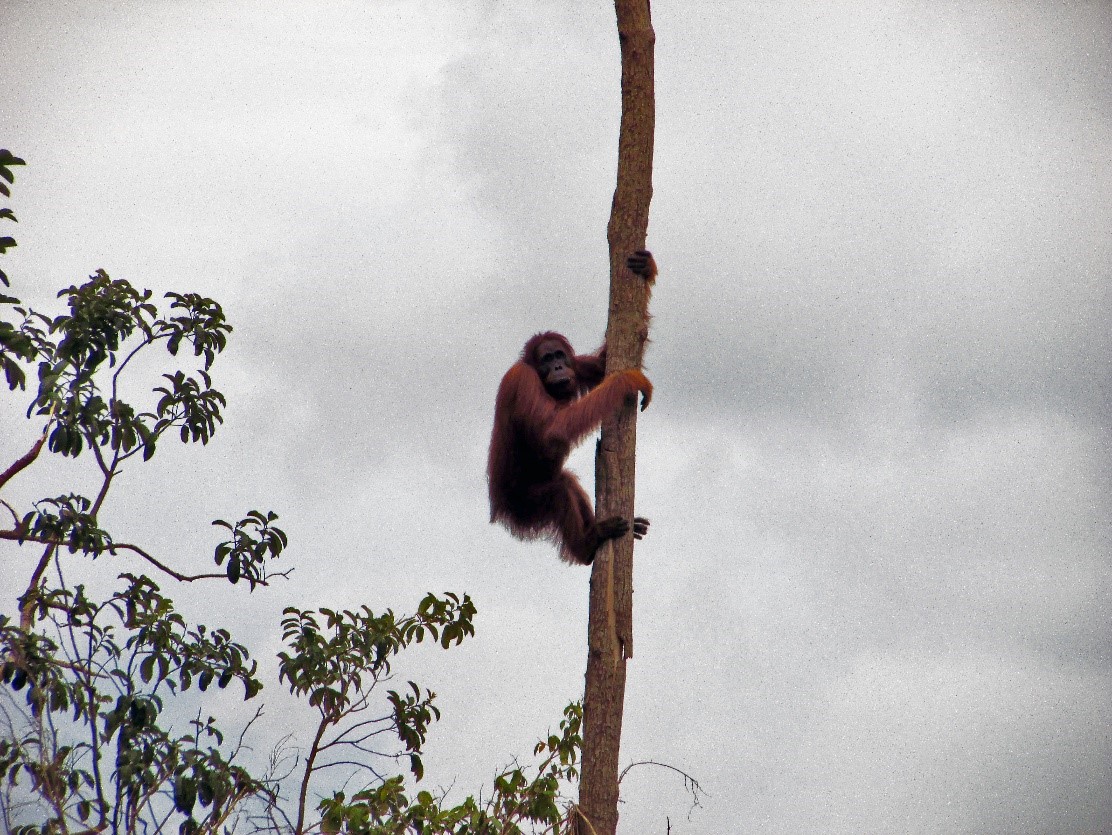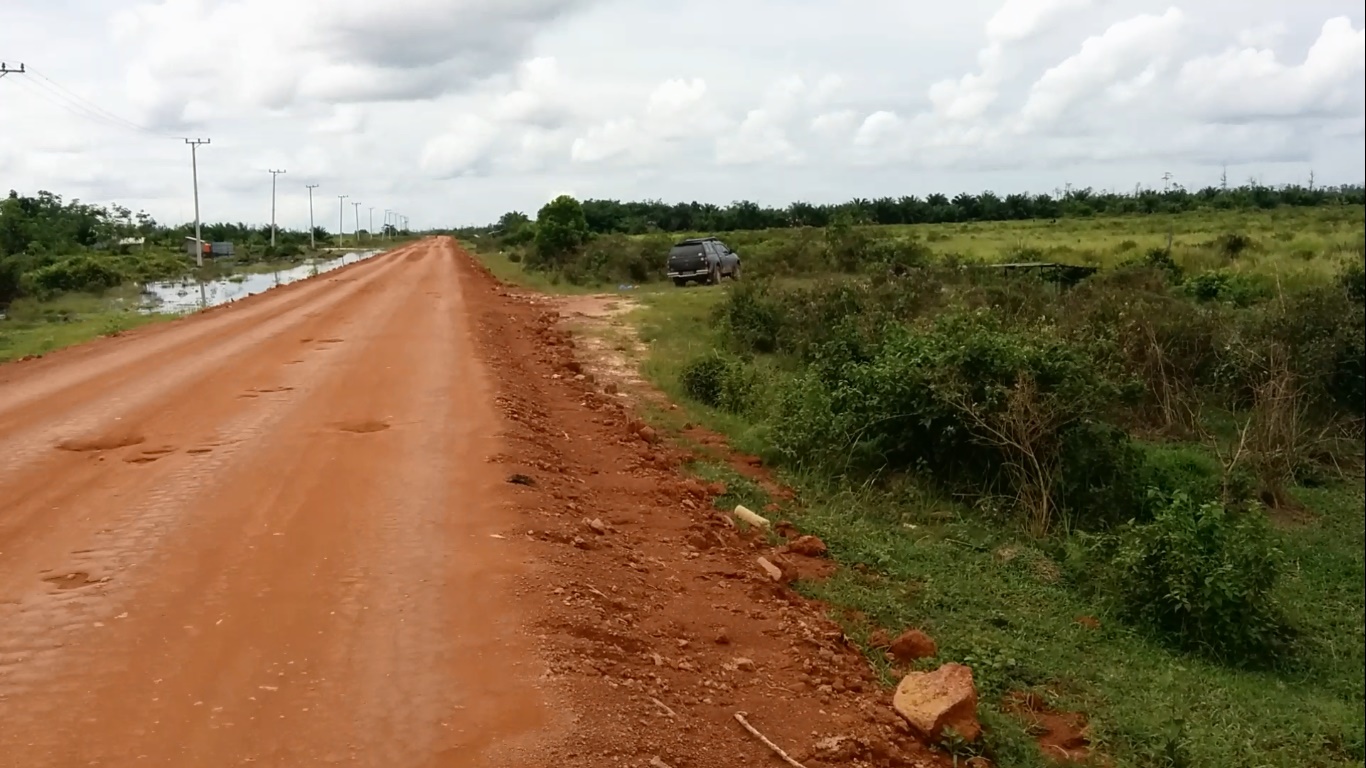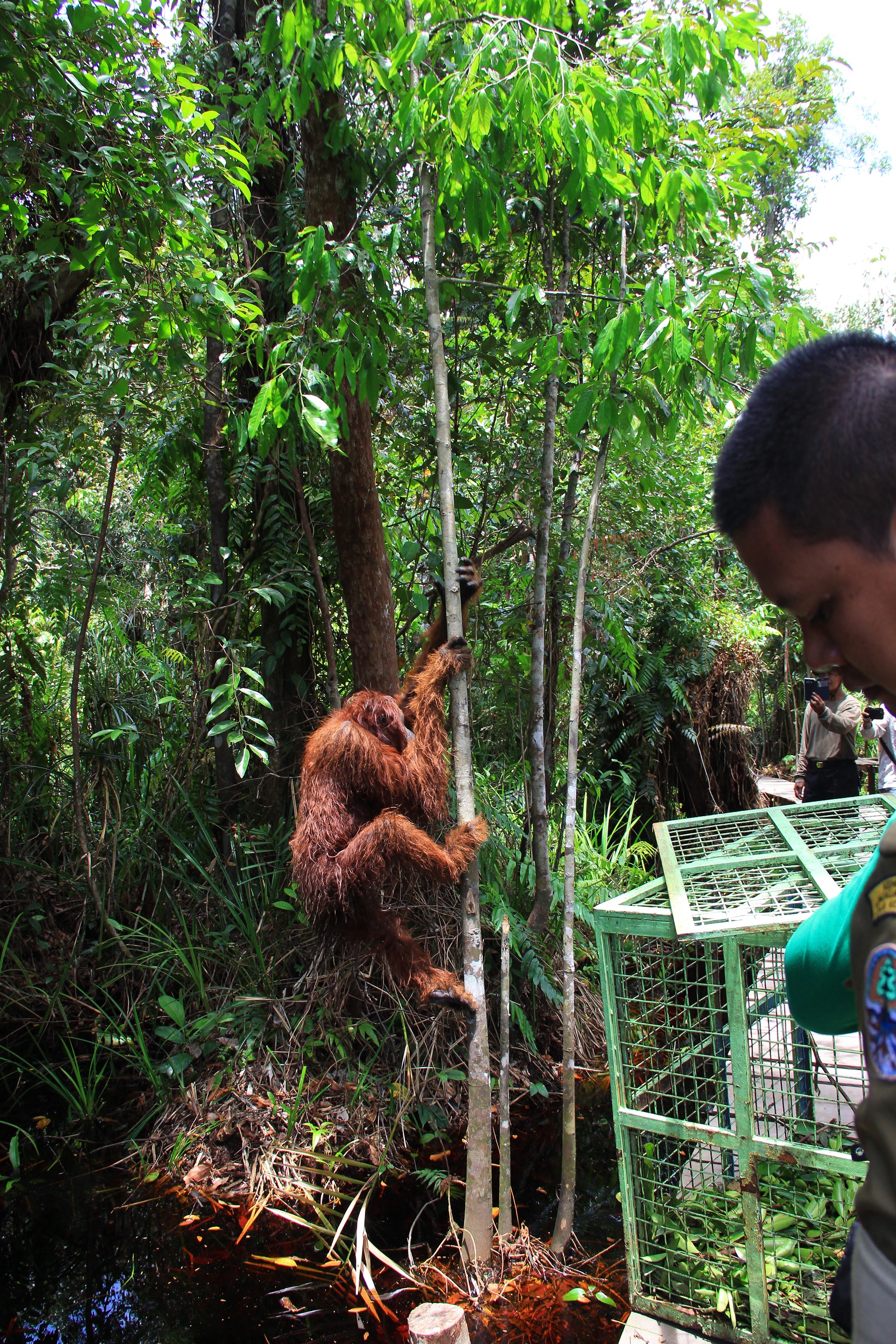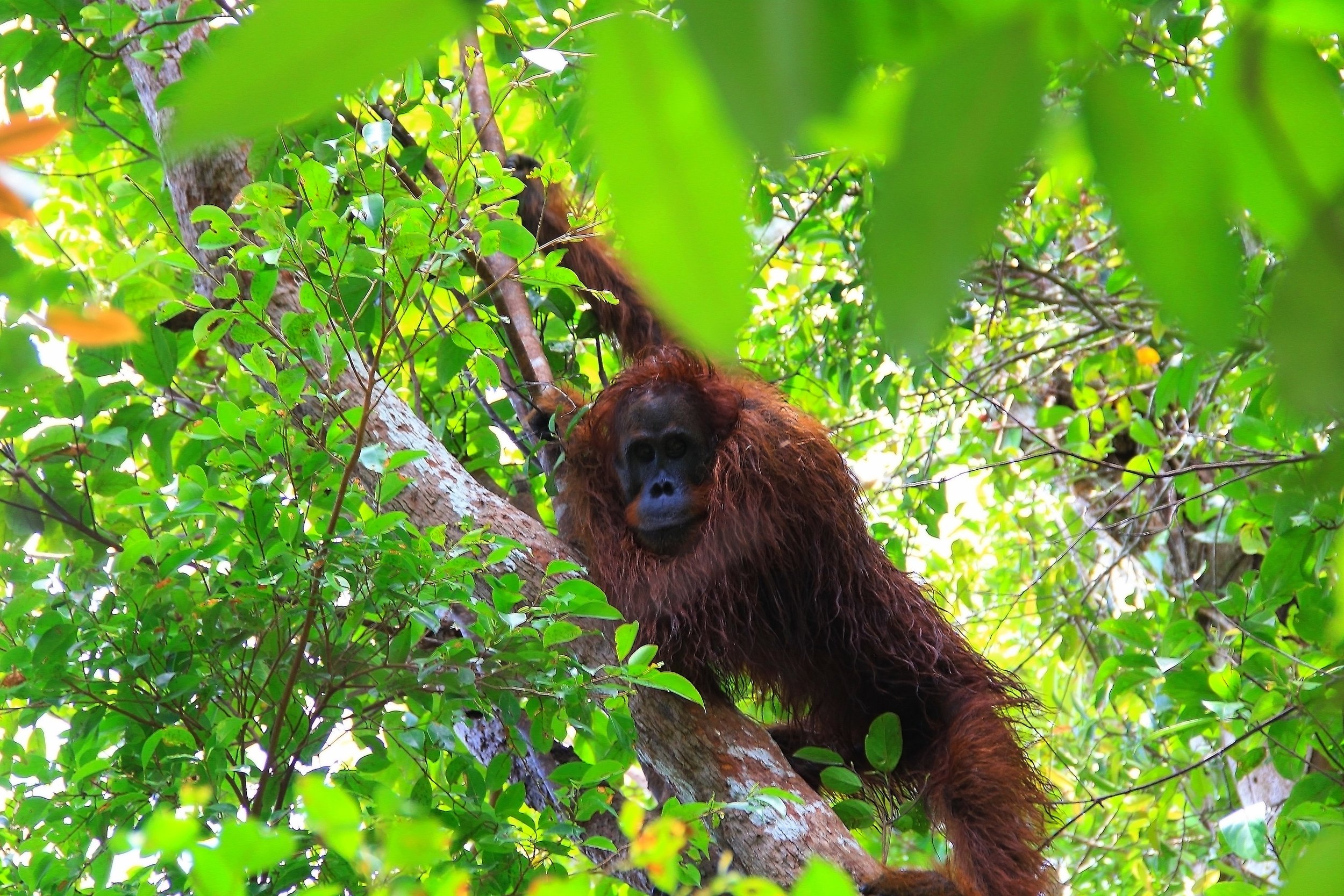Orangutan Foundation vet, Dr Dimas, has kept a close eye on the healing of Abid’s broken arm. Two-year-old orangutan Adib fractured his arm on 16th December after he fell from a tree.
Two-year-old orangutan Adib’s arm is healing well and he now has a strong grasp.
We are delighted to report that Adib can now grasp the wood in his enclosure and he’s started to play and swing around inside. He shows no sign of pain when his hand is held, and he has a strong grip on the camp staff when they pick him up. Due to his young age his bones will heal quickly and we are sure he’ll make a full recovery and be back in the trees at Camp JL in a week or two.
Okto enjoying the high-water levels at Camp Buluh!
There is no forgetting it is the rainy season in Borneo! Okto and Shifa are certainly taking full advantage of the high-water levels at Camp Buluh.
Orangutan Shifa joining in too.
Shifa is progressing very well and the Camp staff are finding it increasingly difficult to return her in the evenings from the forest back to her enclosure. This is a very positive sign and we are hopeful that we will soon release Shifa from soft-release to an independent life into the wild. Watch this space…
With plenty of fruit in the forest, not many of the post-release orangutans come for supplementary fruit. However, Bangkal, the dominant male orangutan at post-release monitoring Camp Gemini has been seen in the forest. Read more about Bangkal’s extraordinary survival story by clicking here.
Donate to support our work in the Lamandau Wildlife Reserve, Indonesian Borneo.






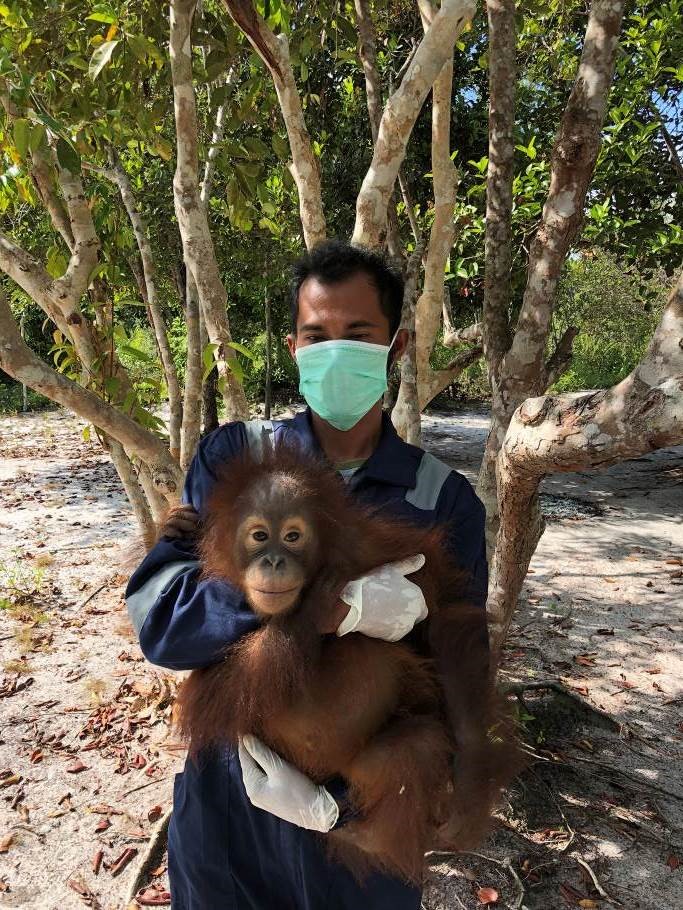
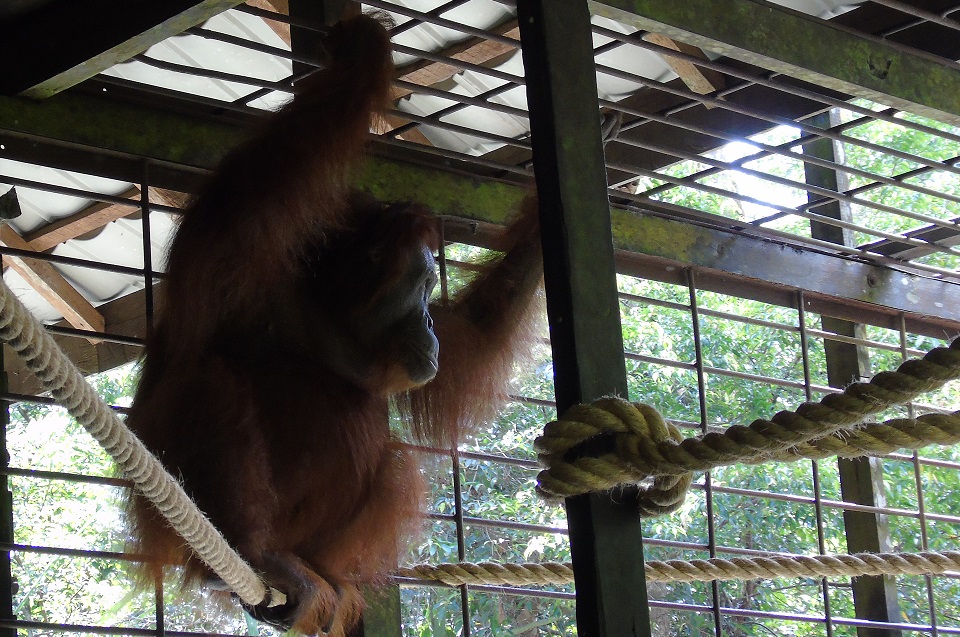
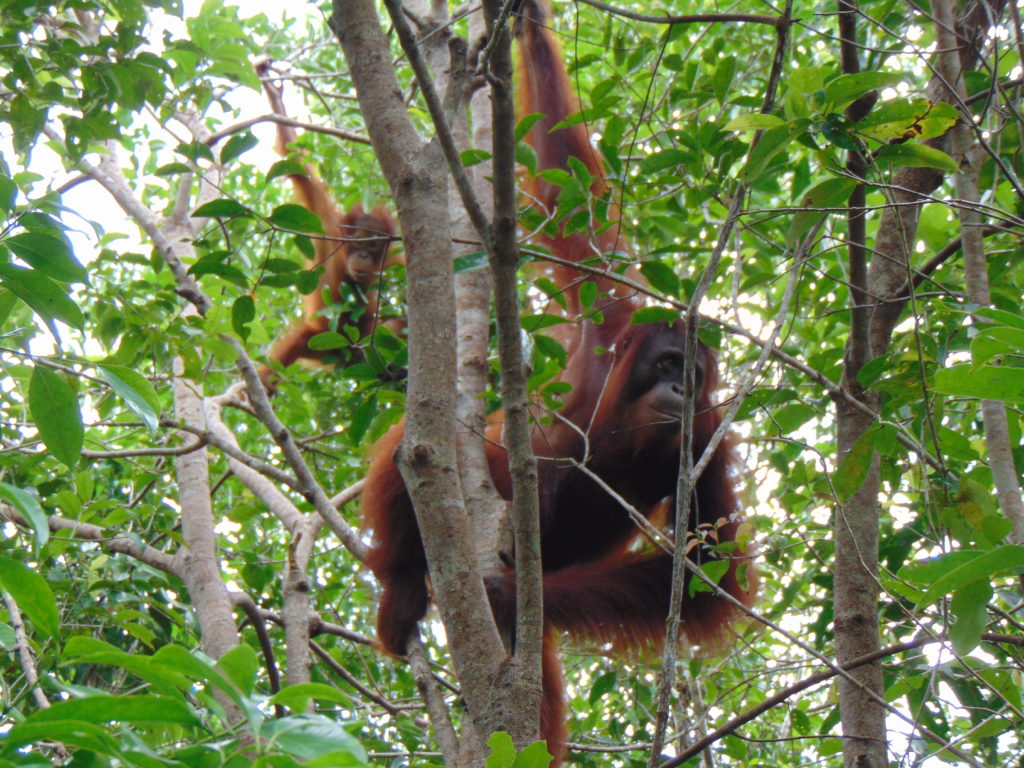
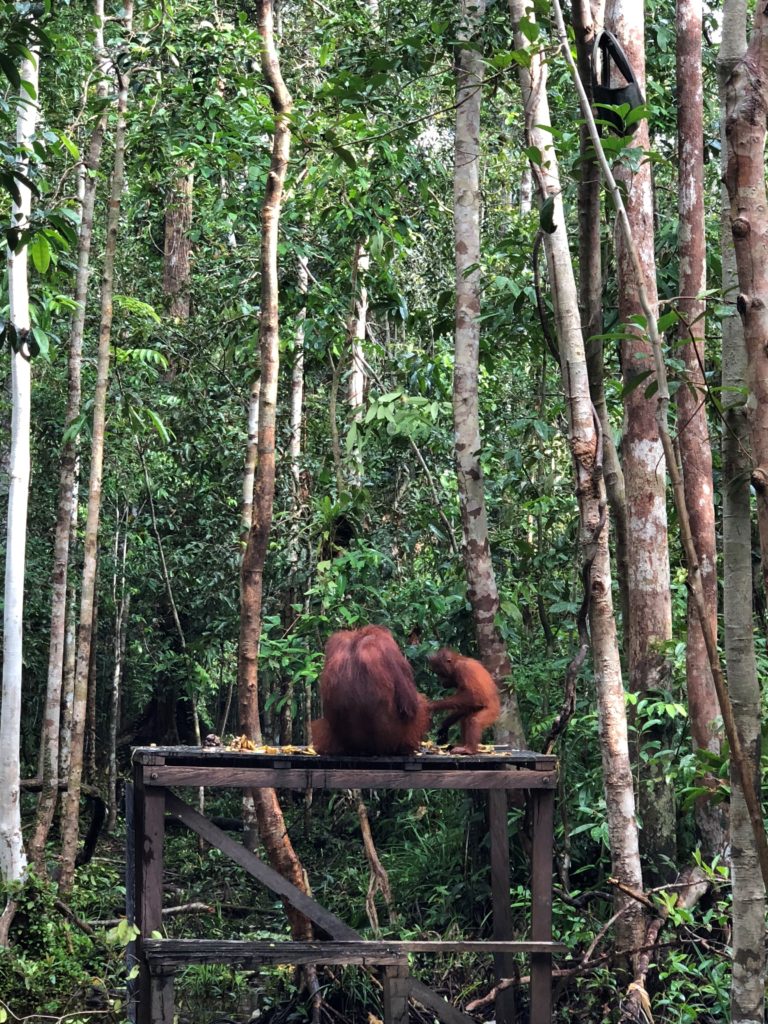

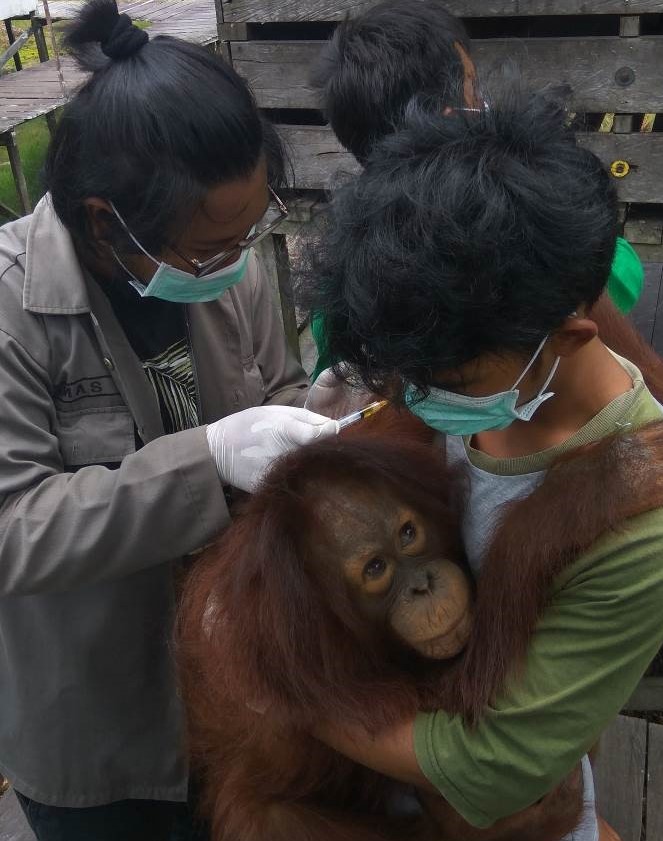
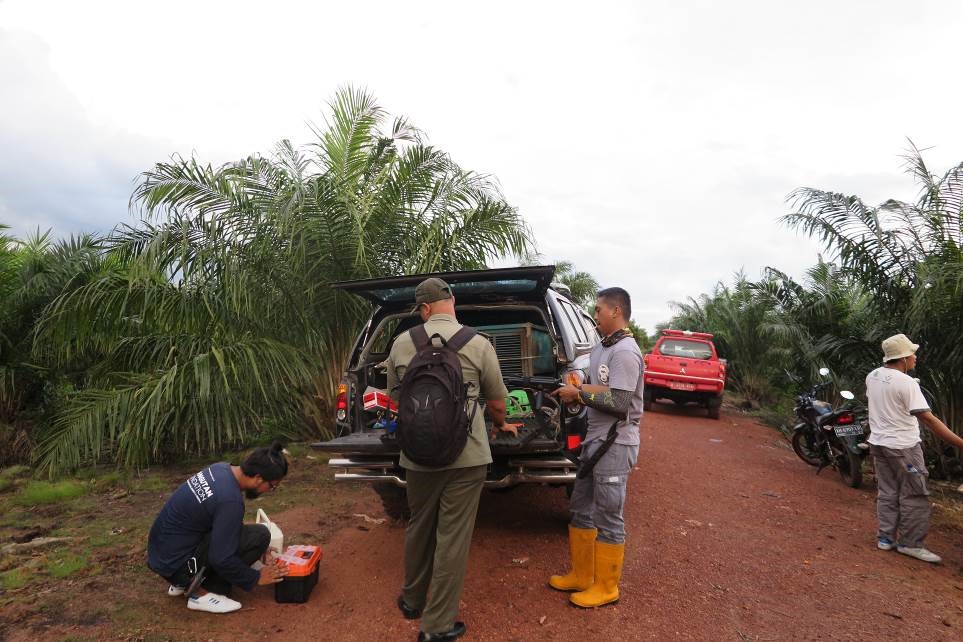
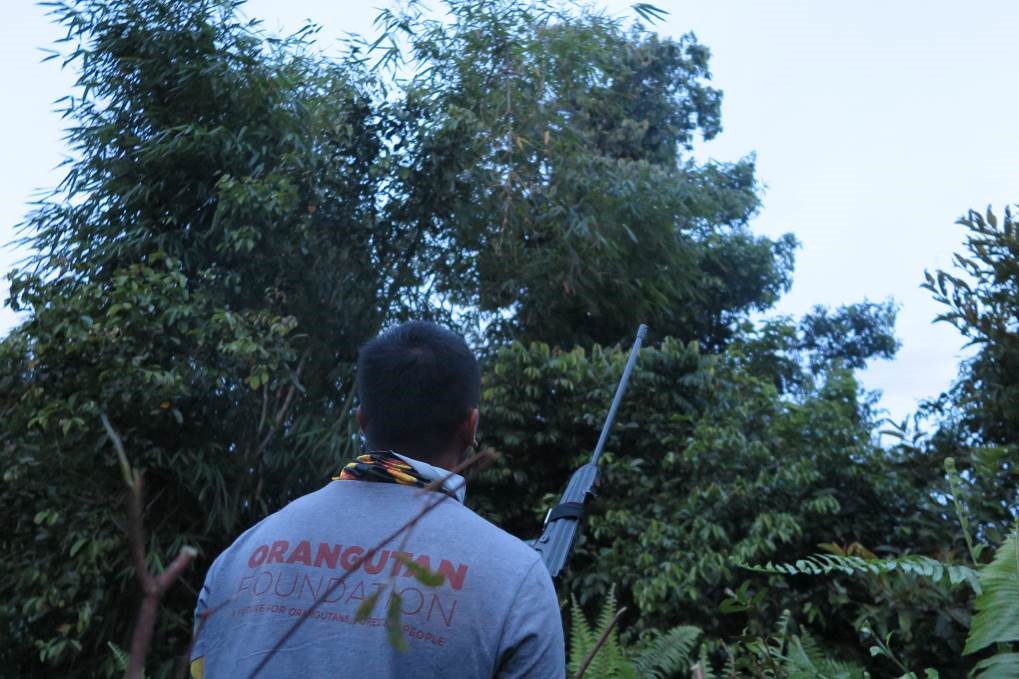
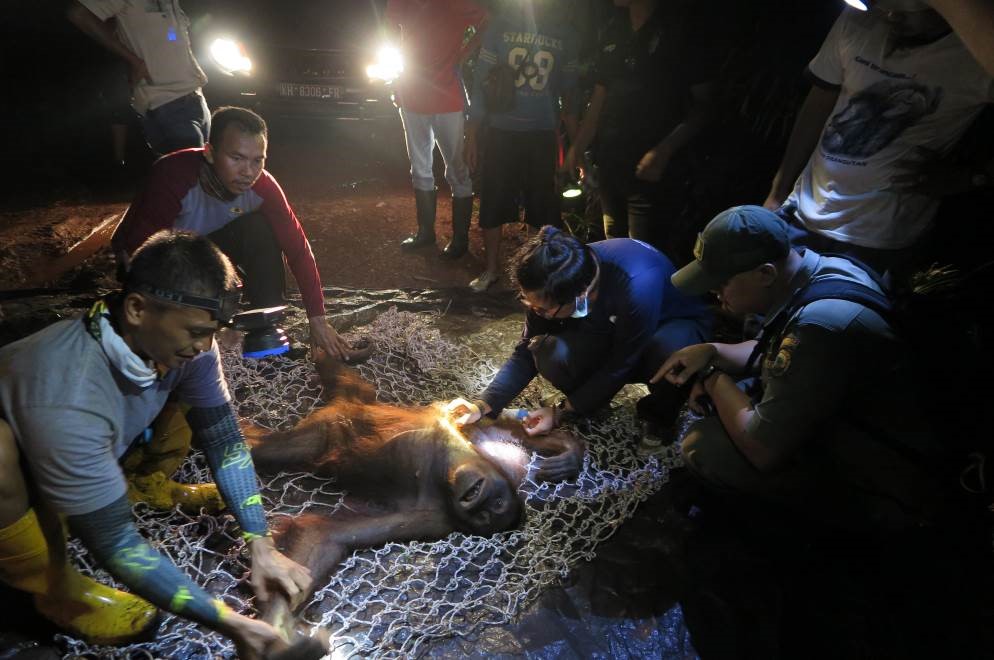
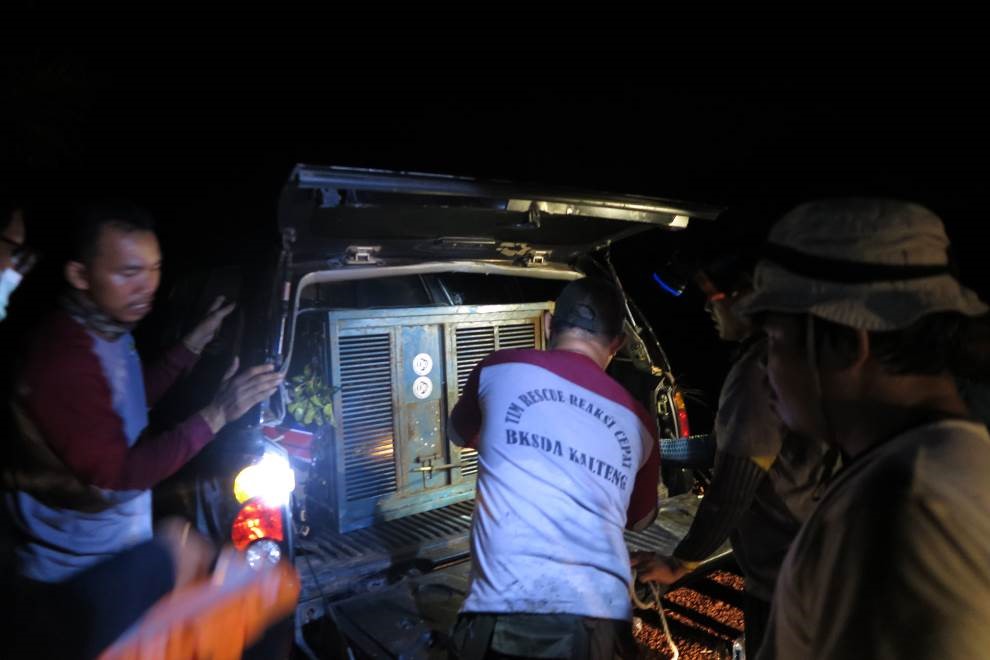

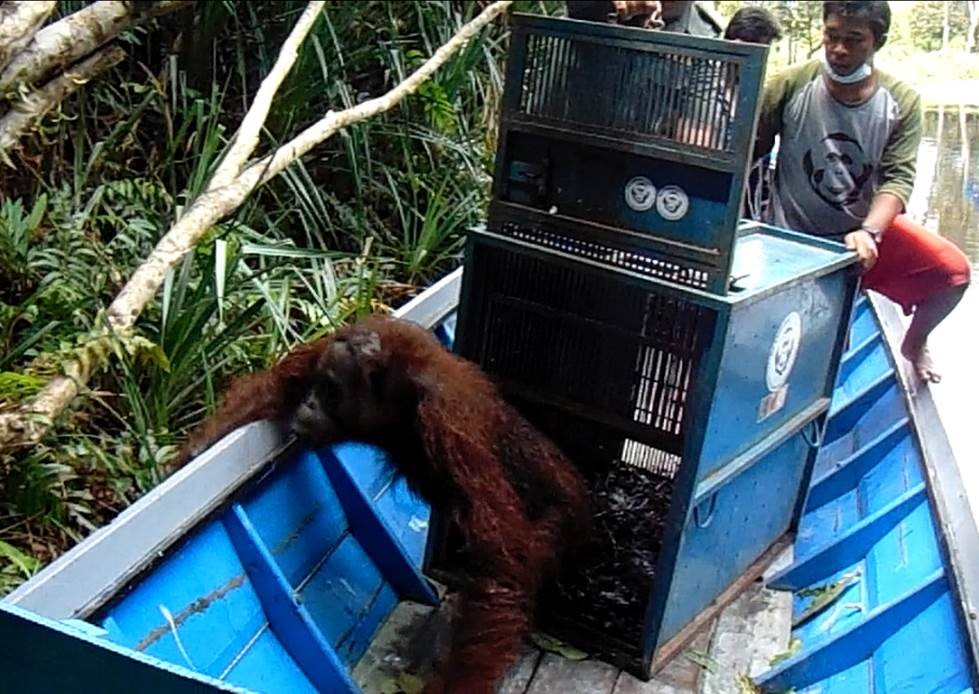

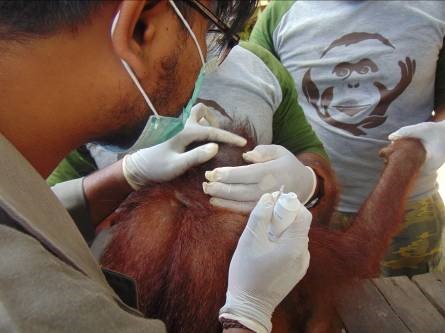
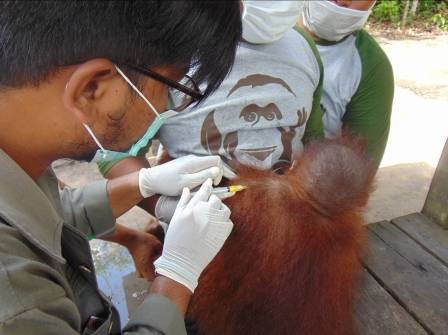
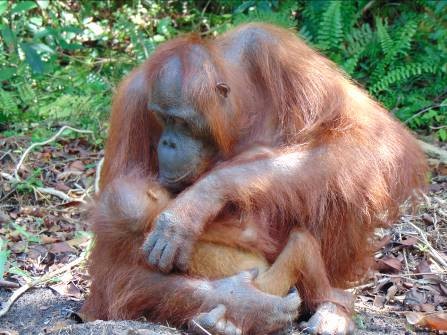
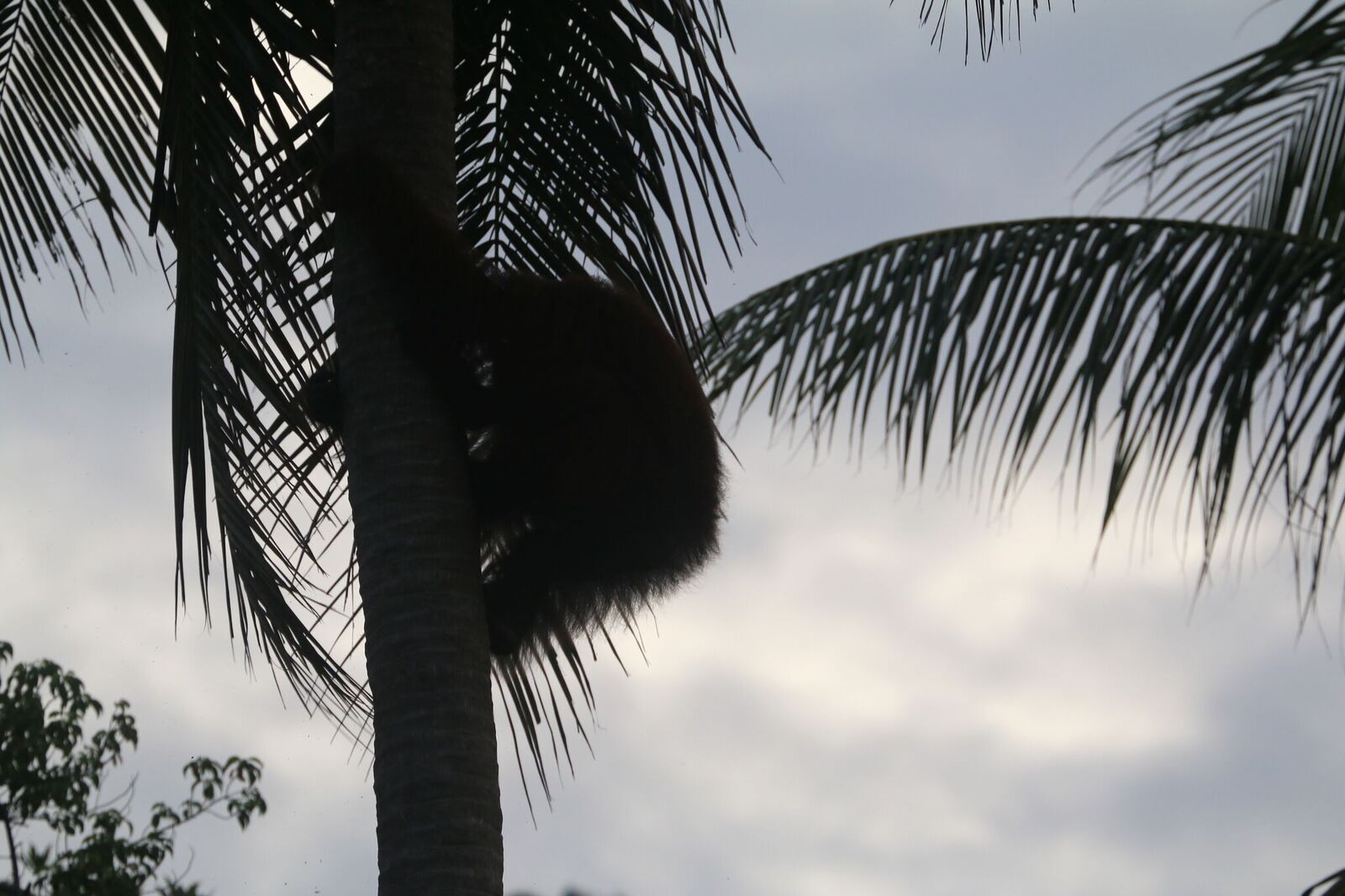
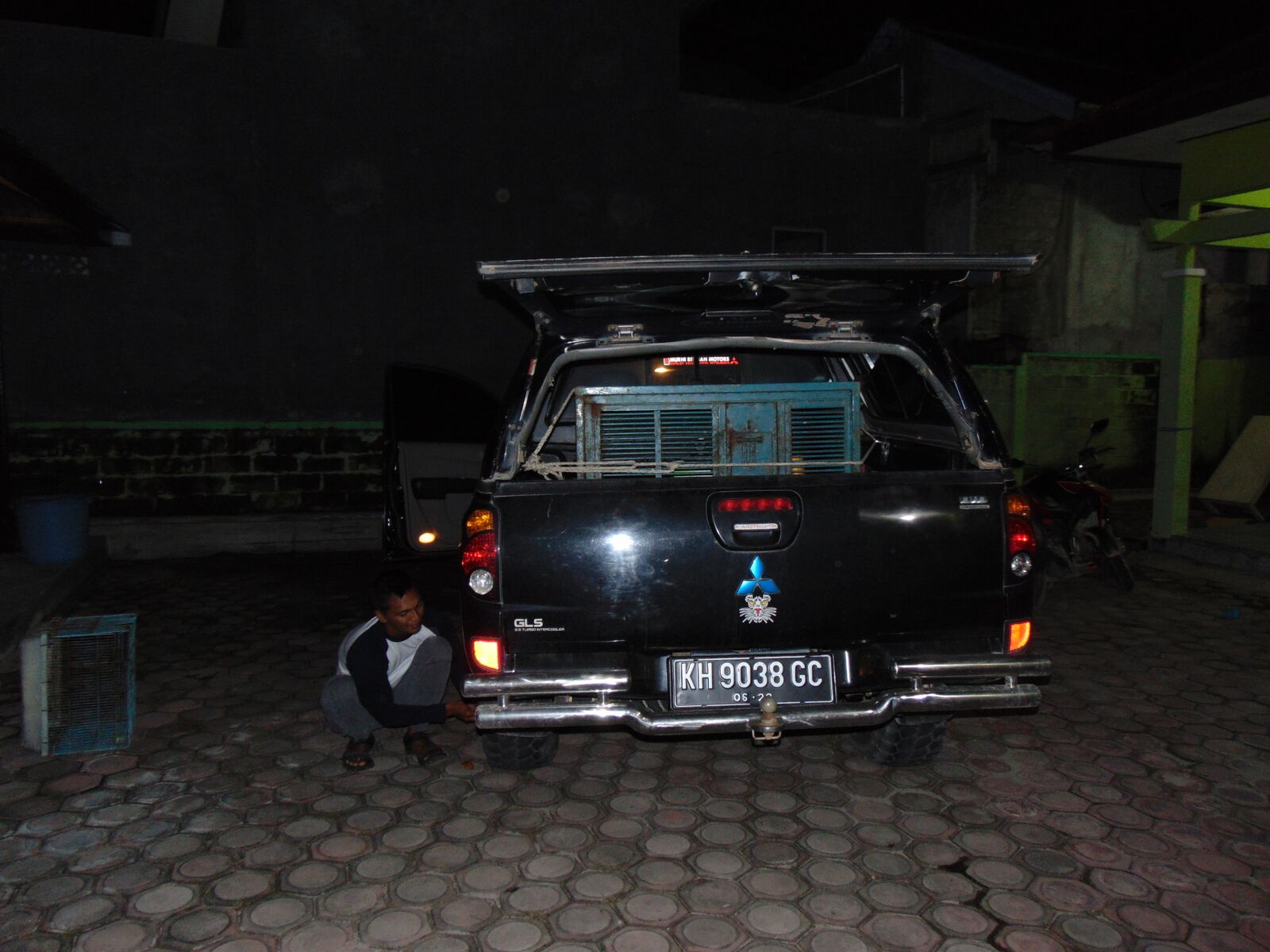
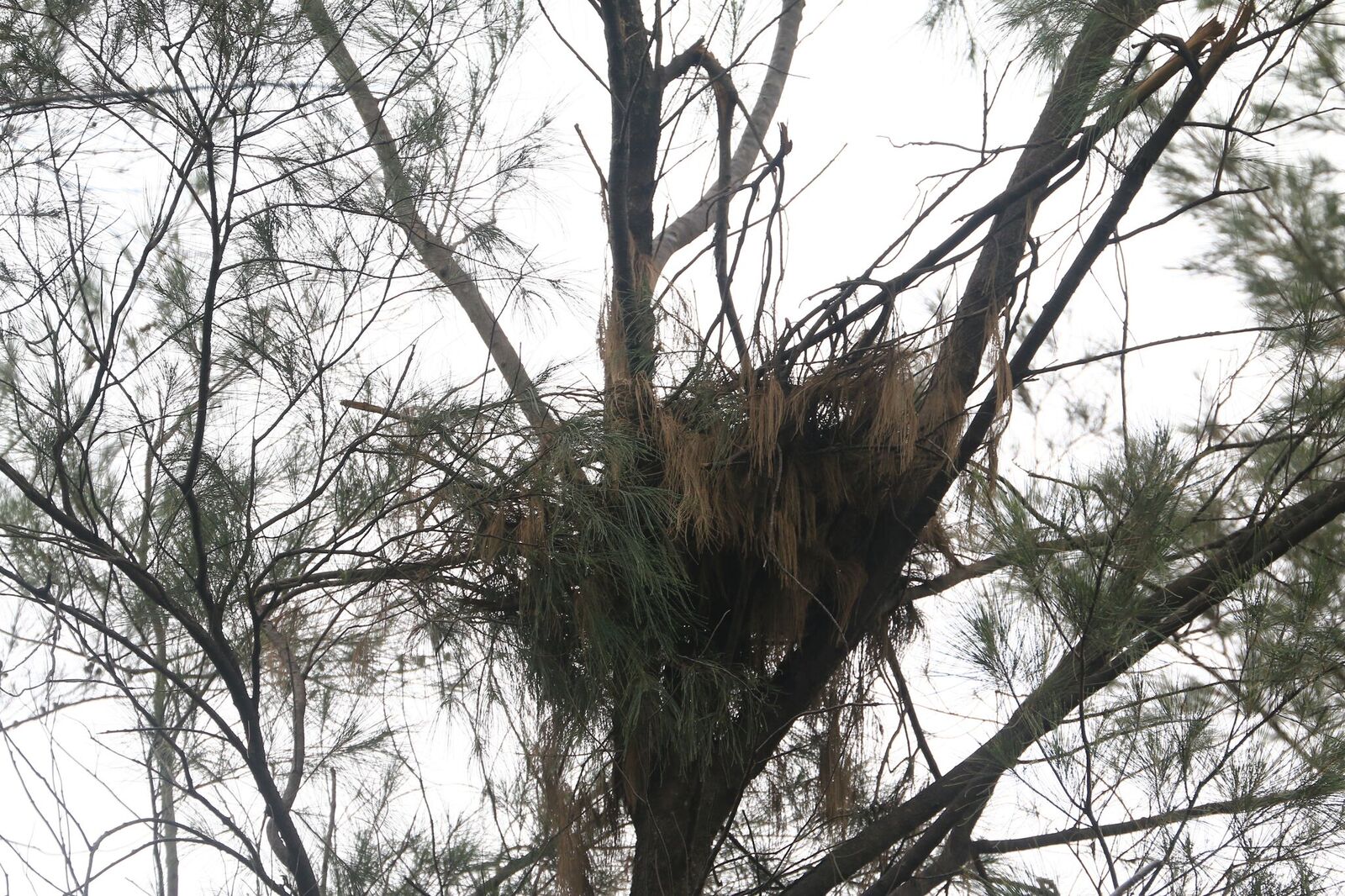
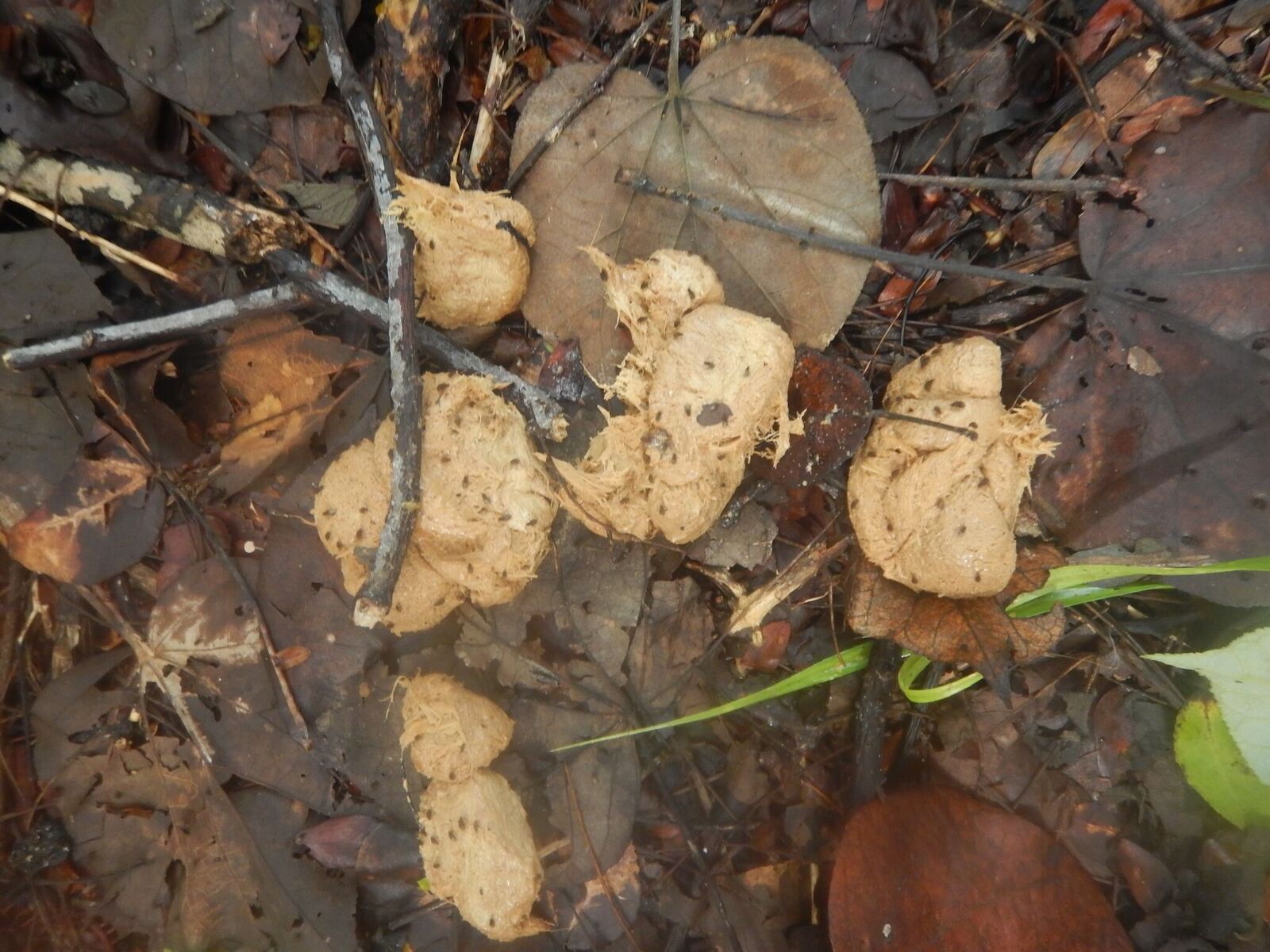
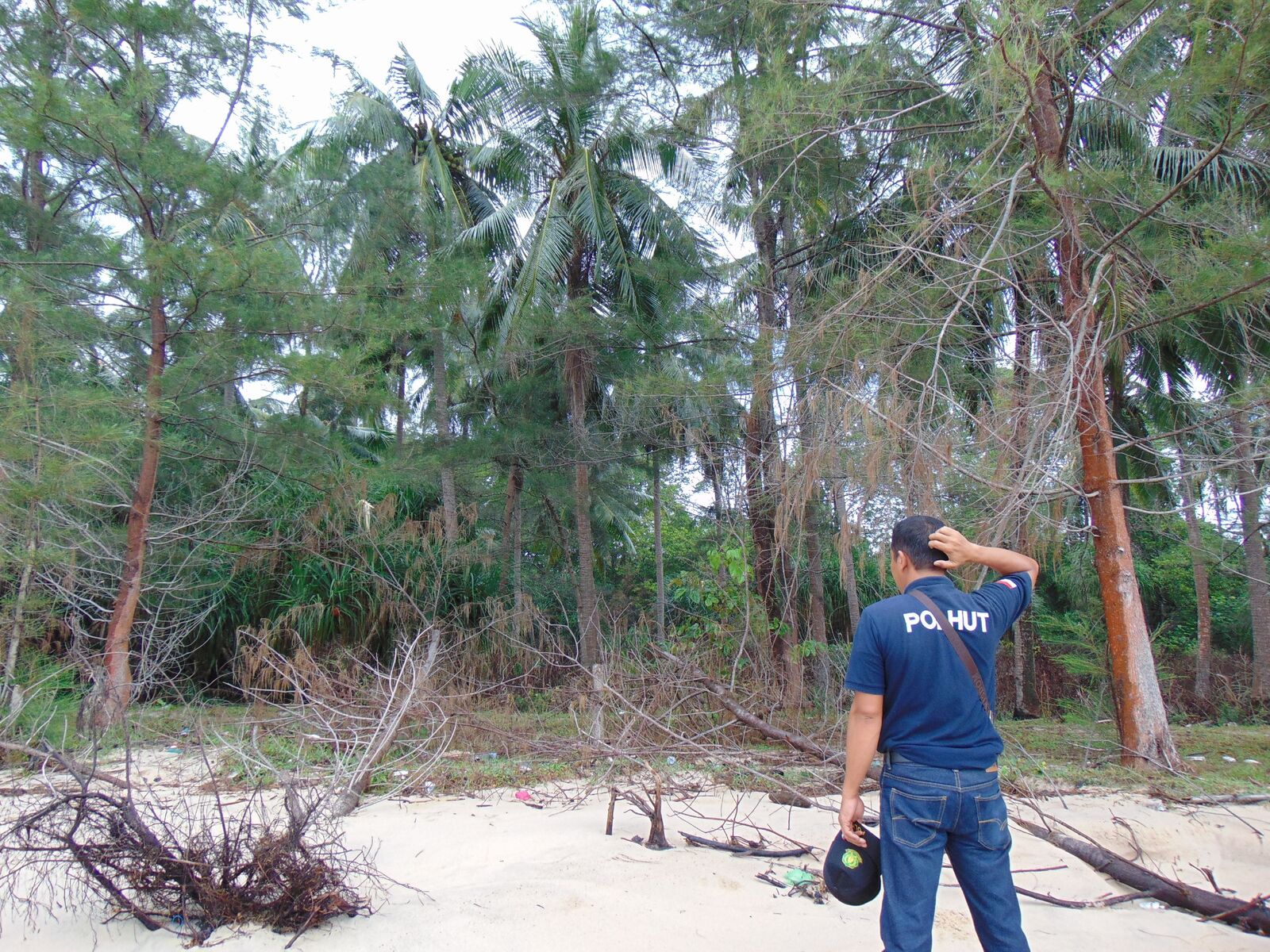
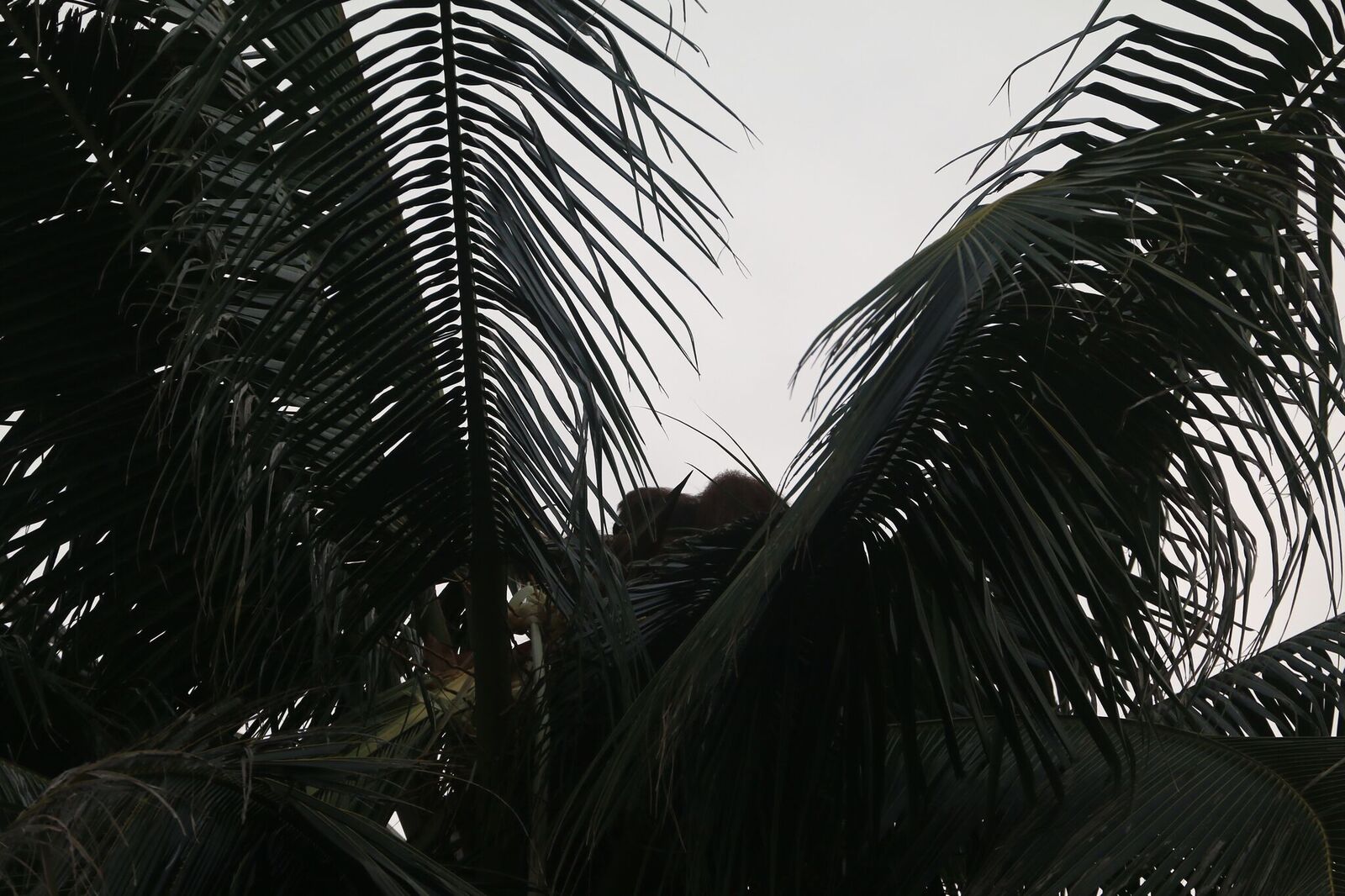
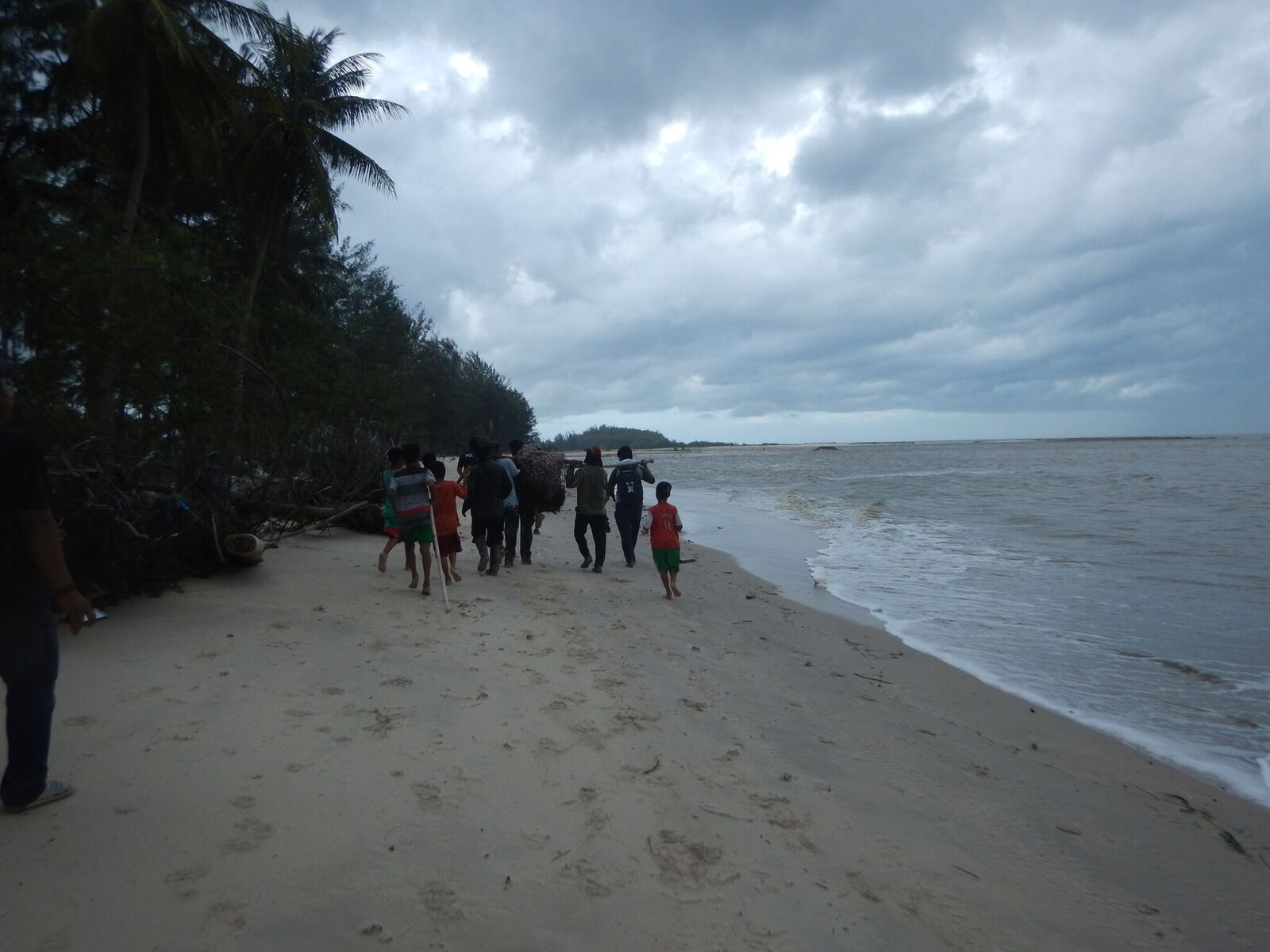
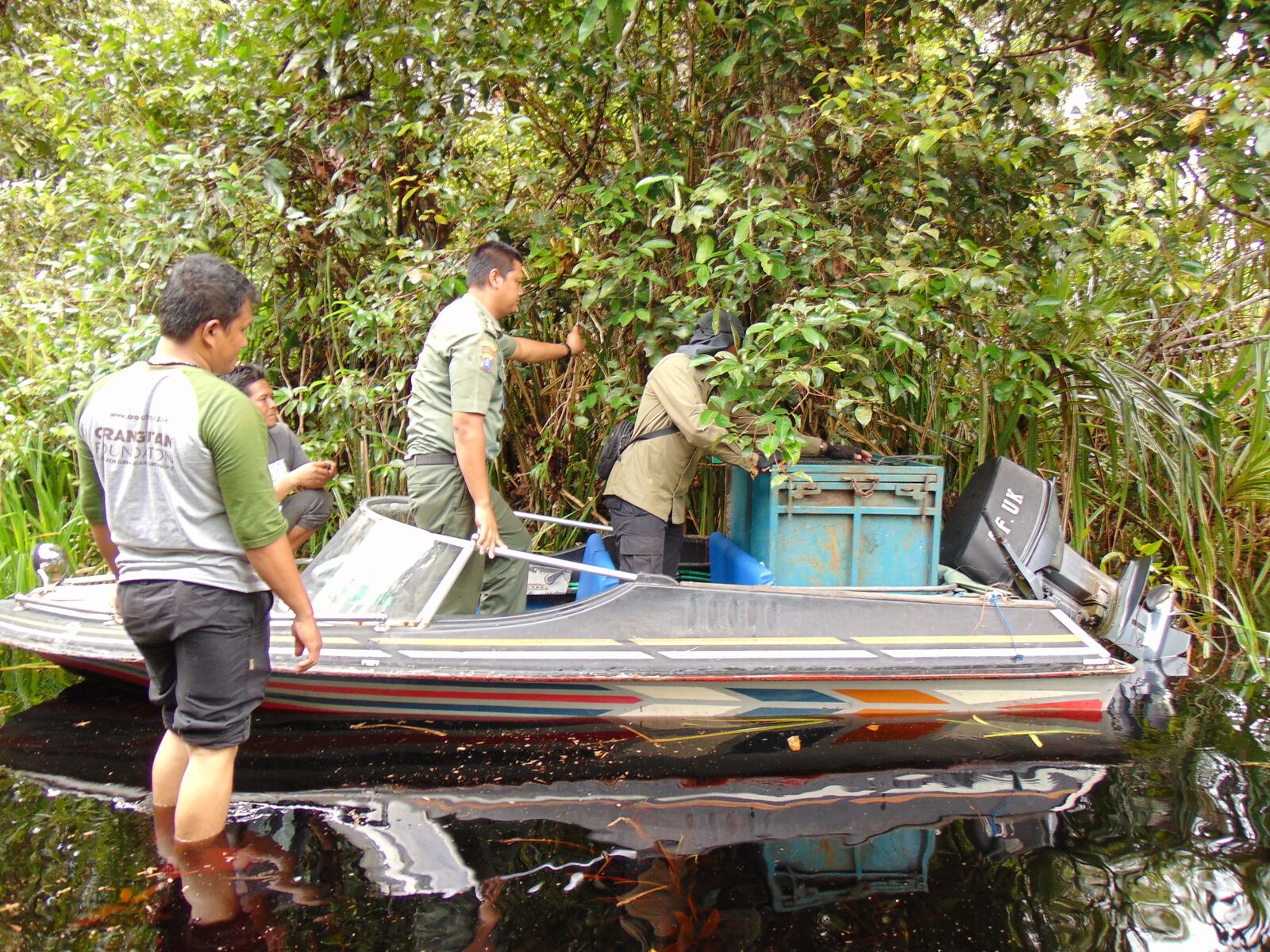
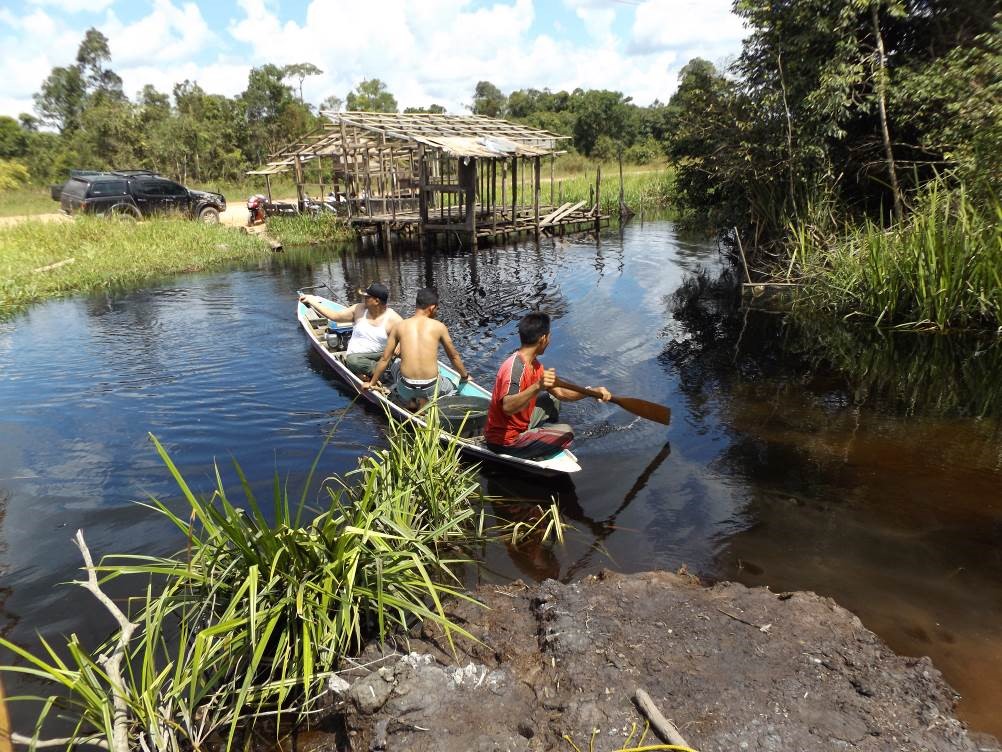
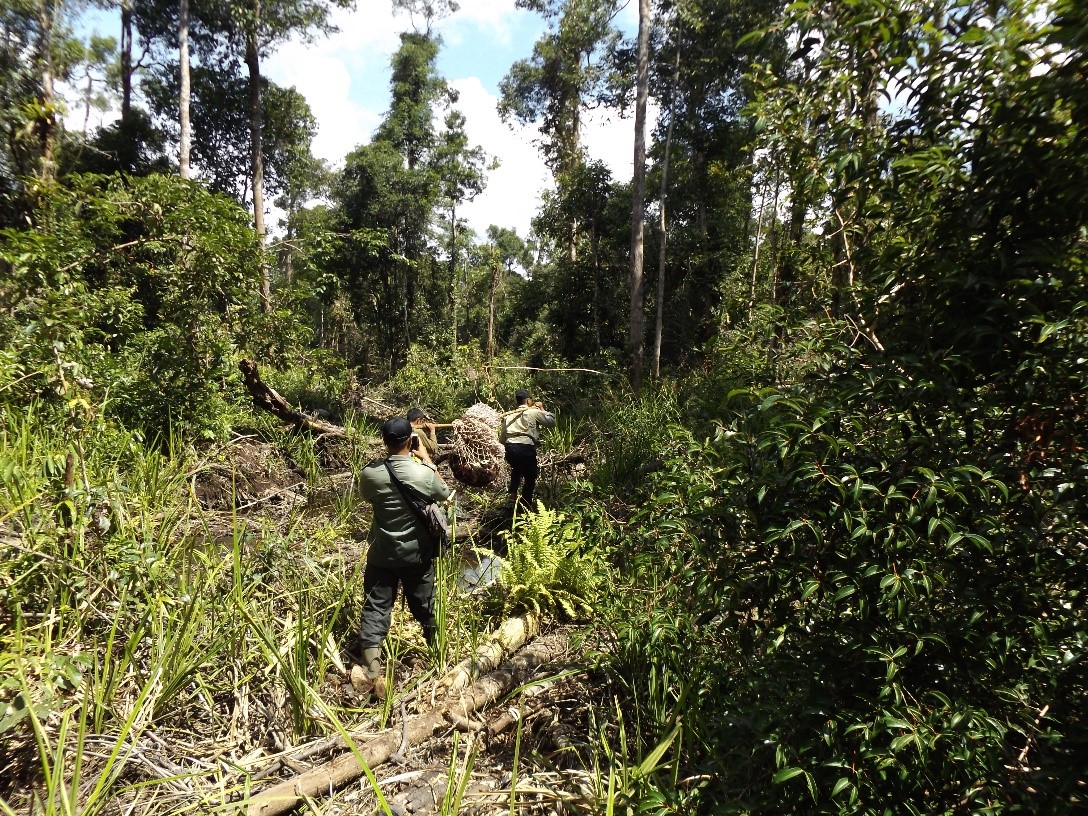


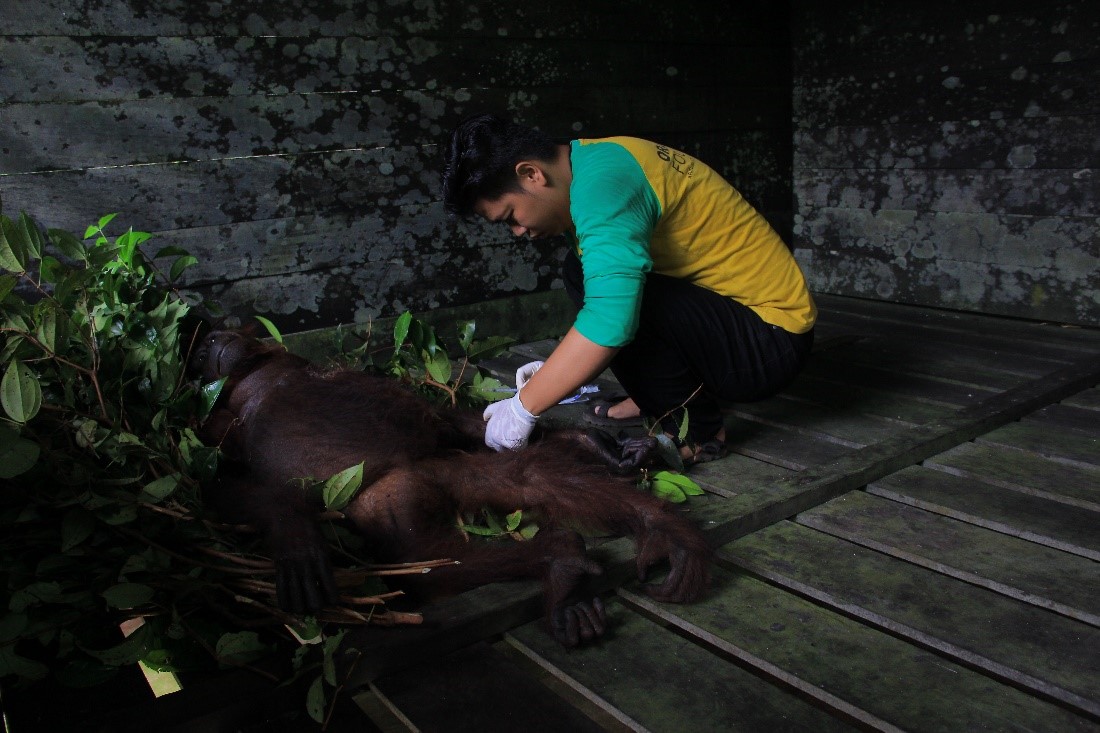

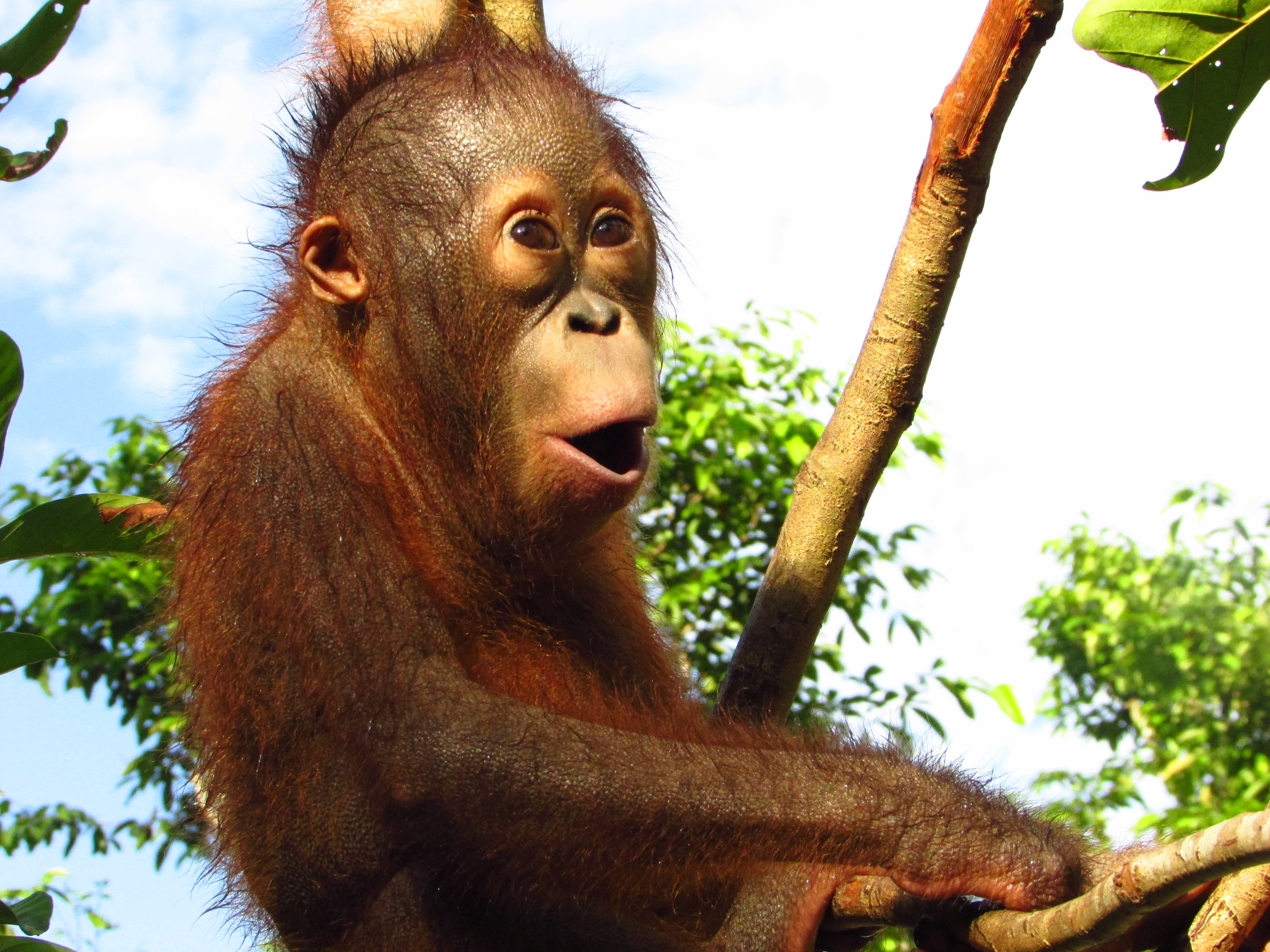
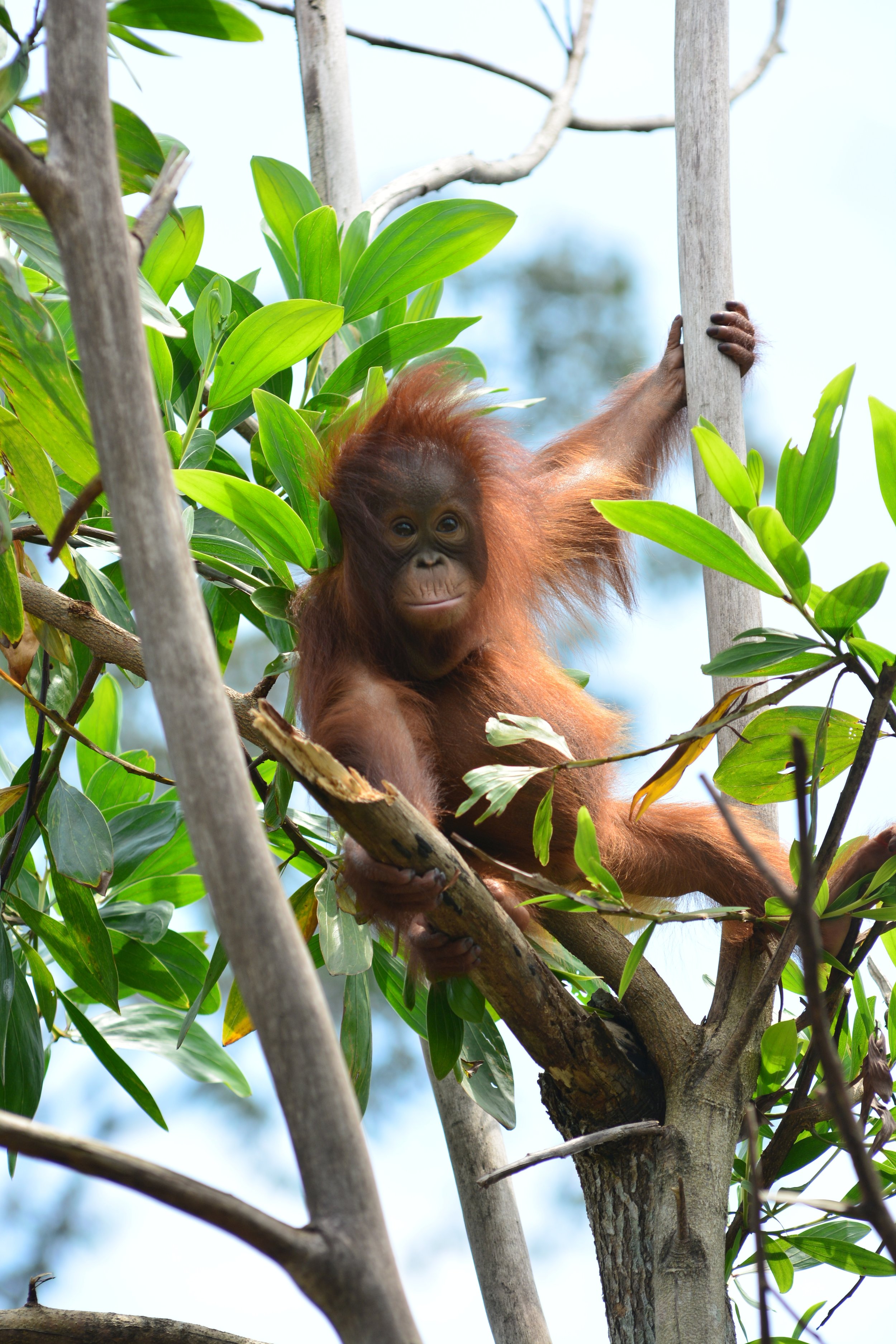
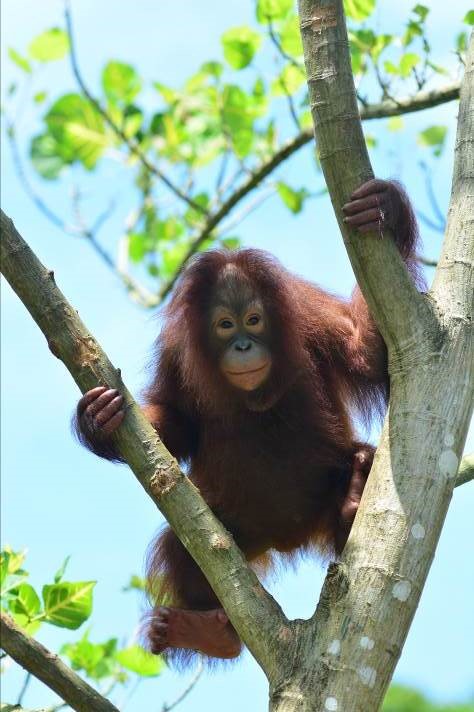
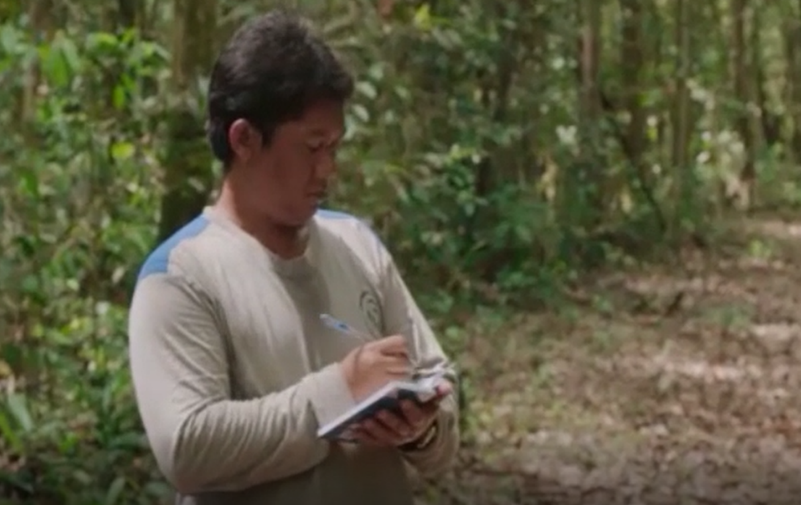
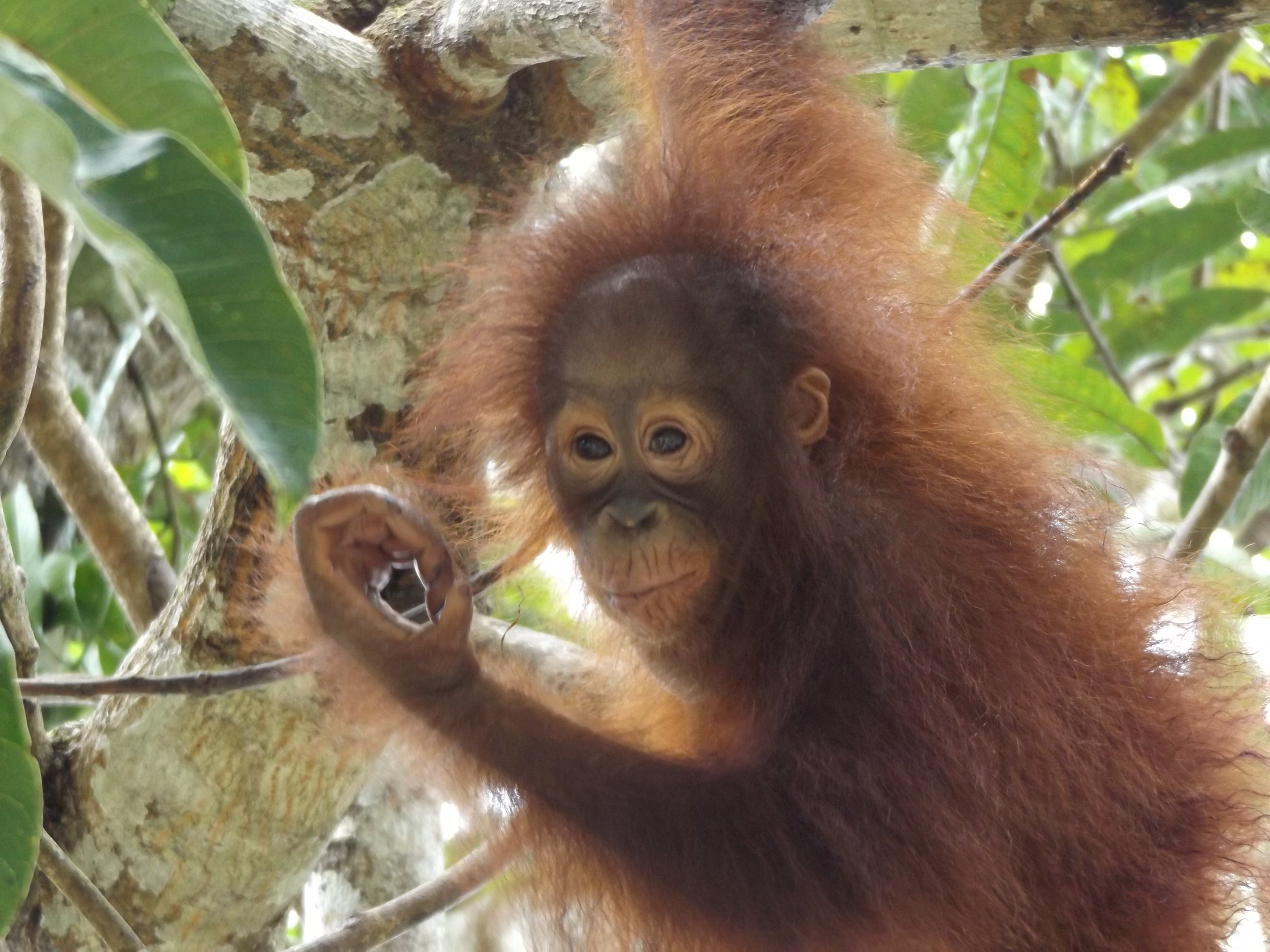
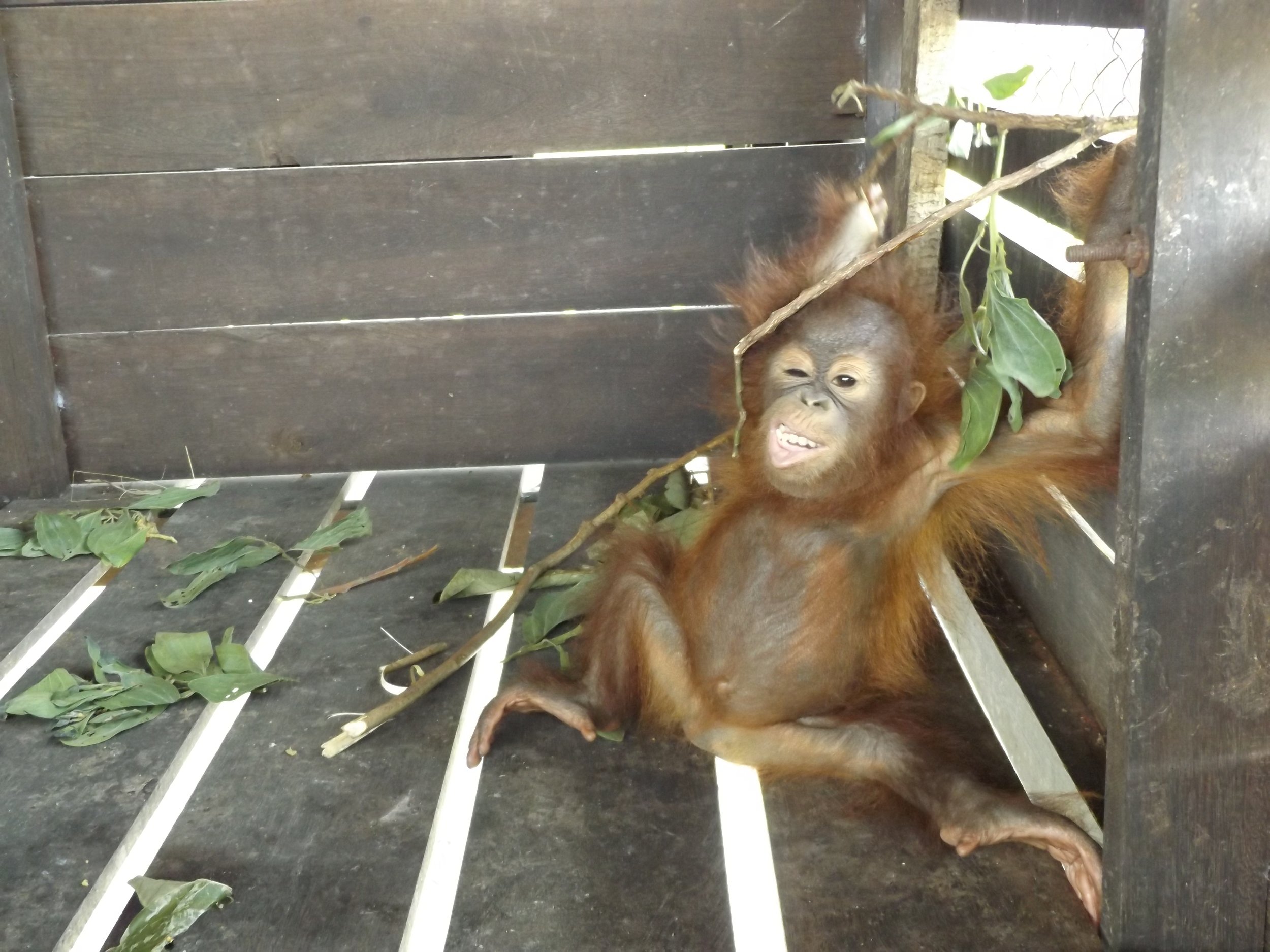
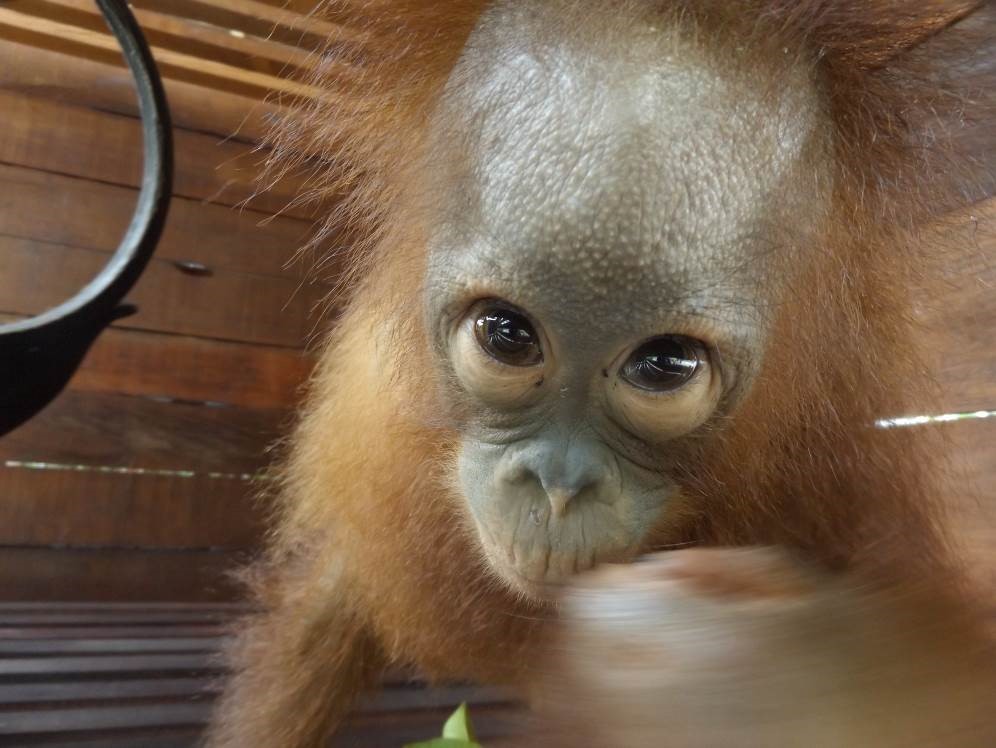
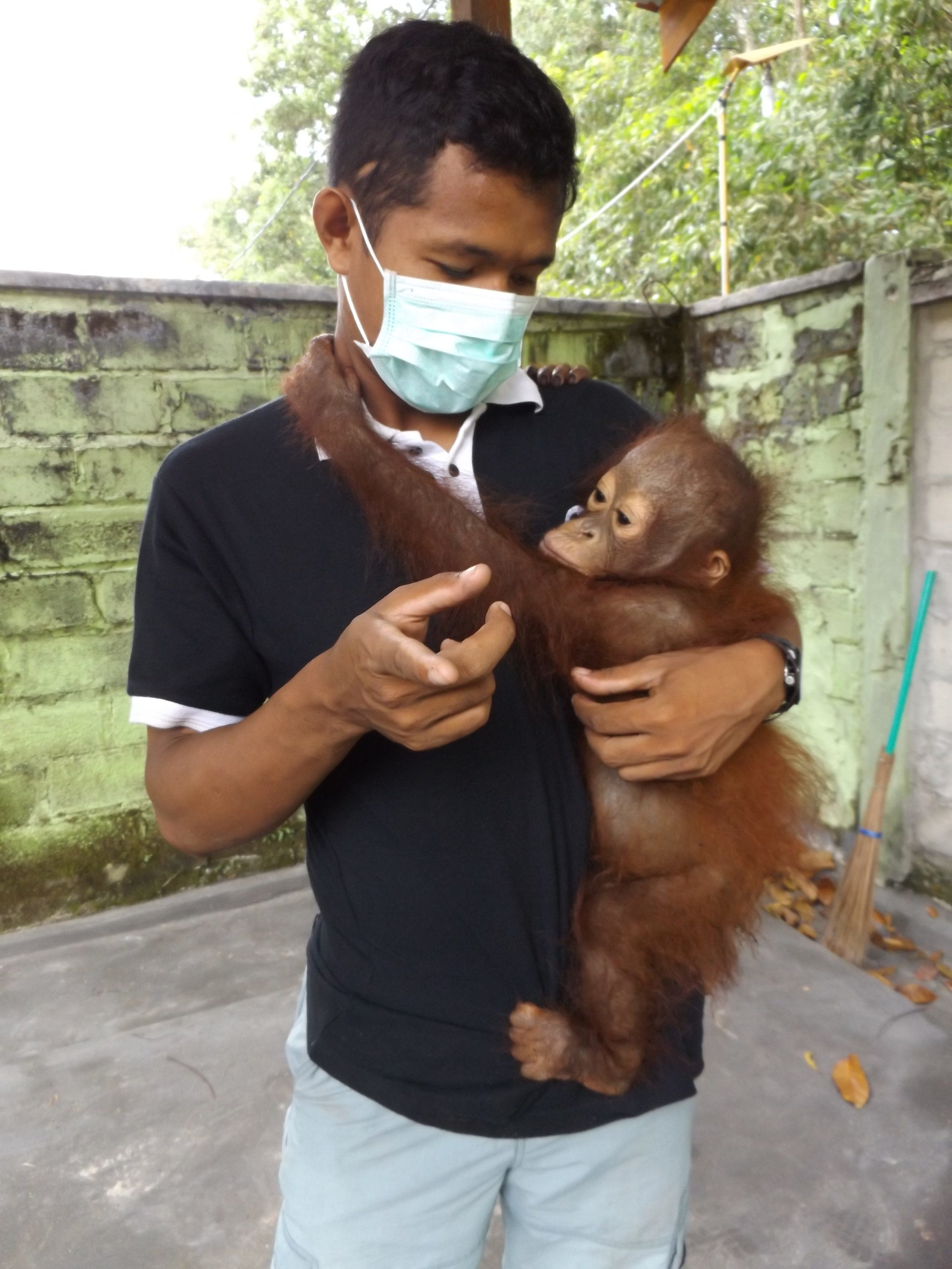
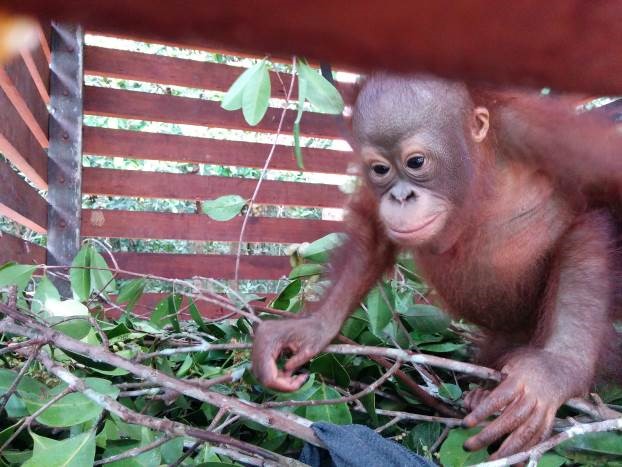
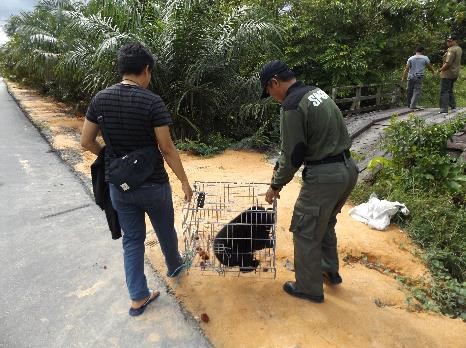
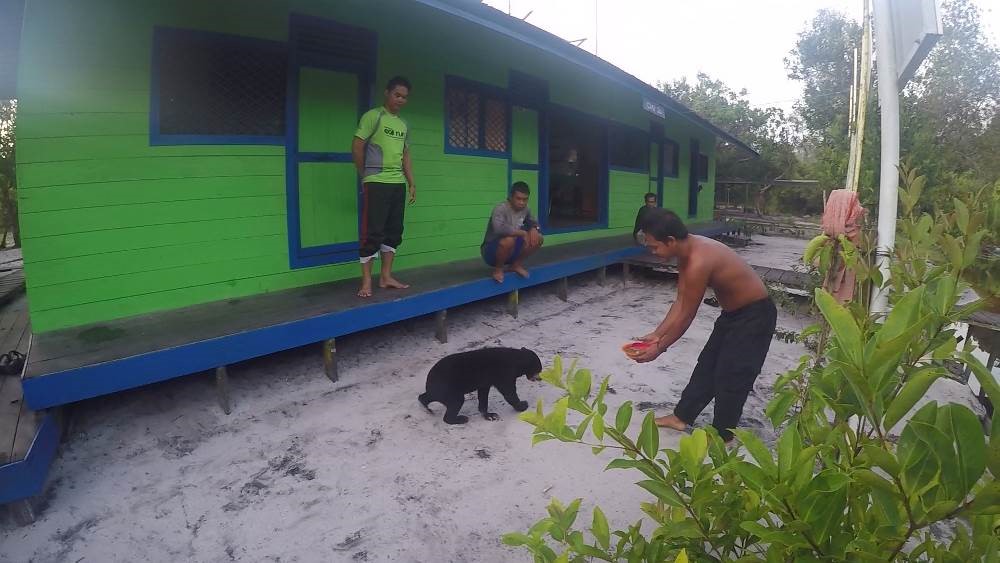
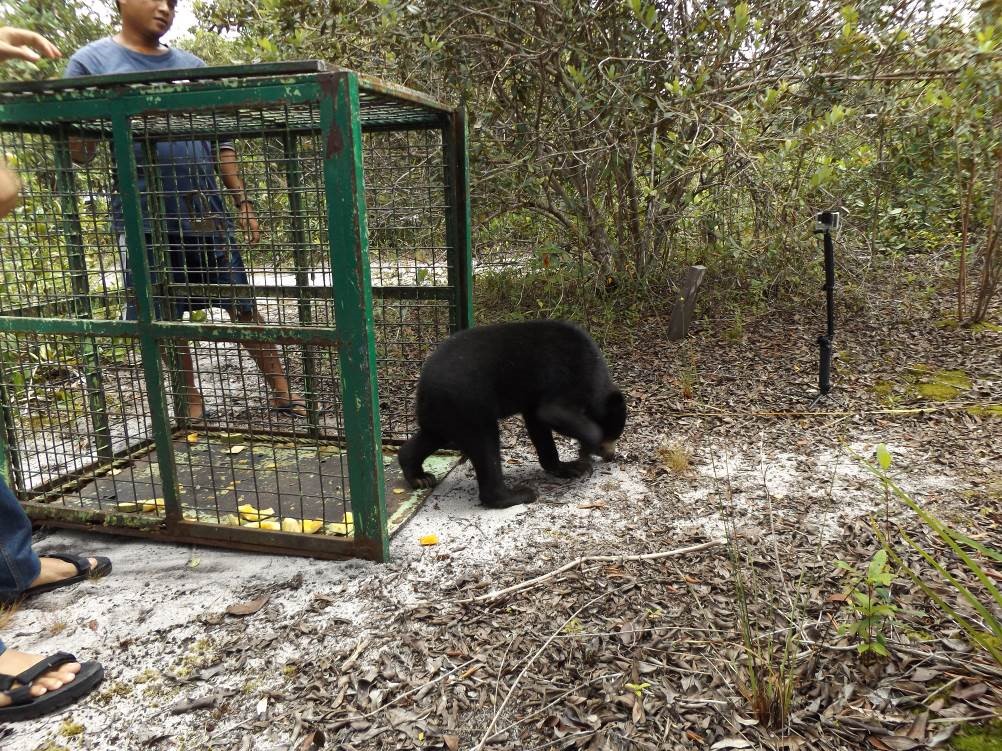
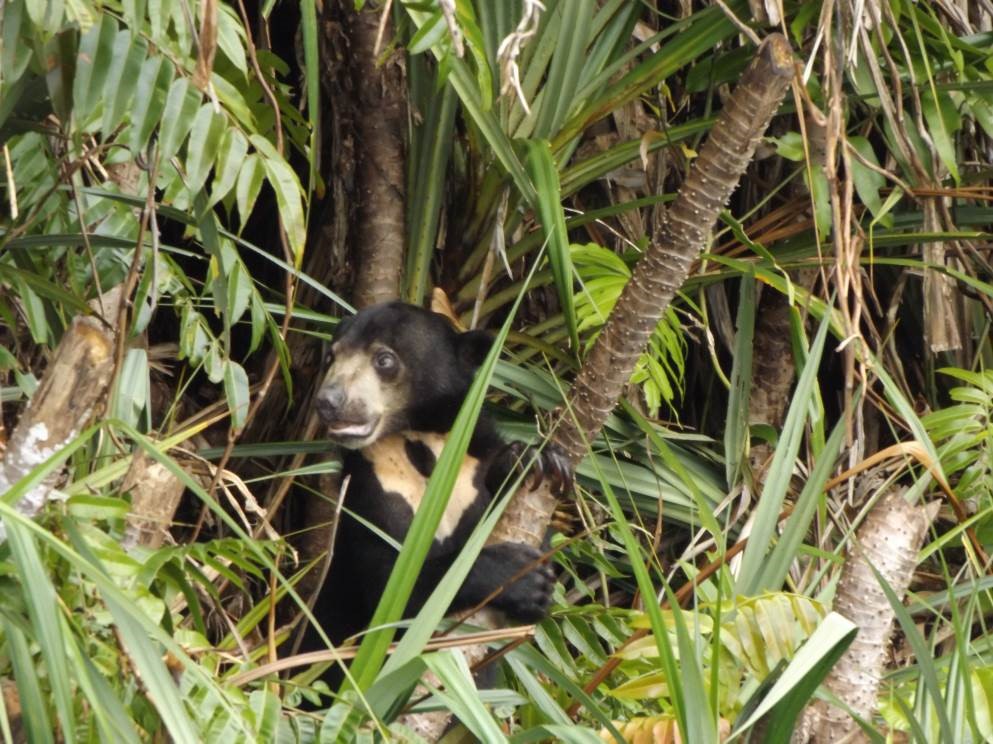
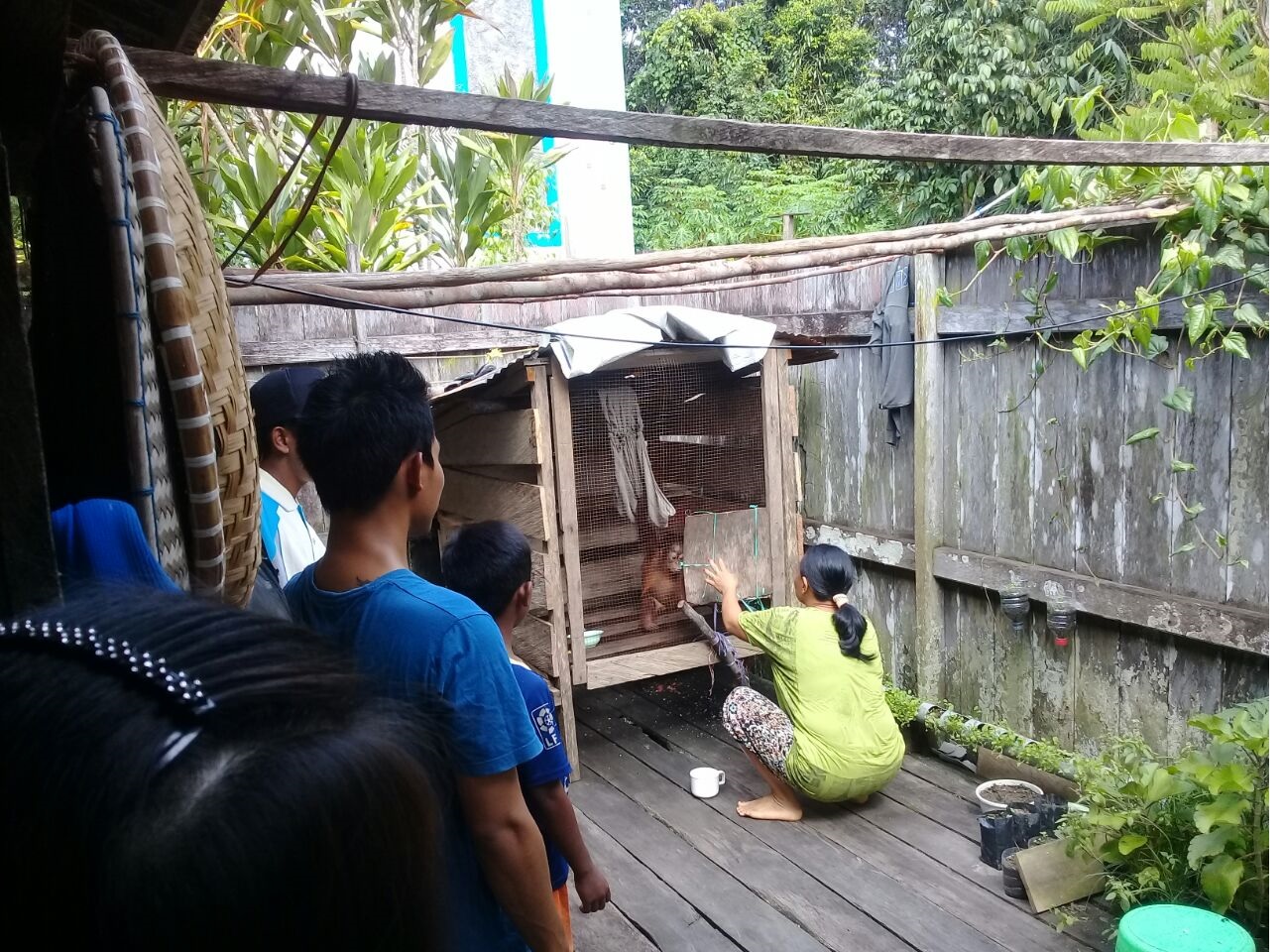
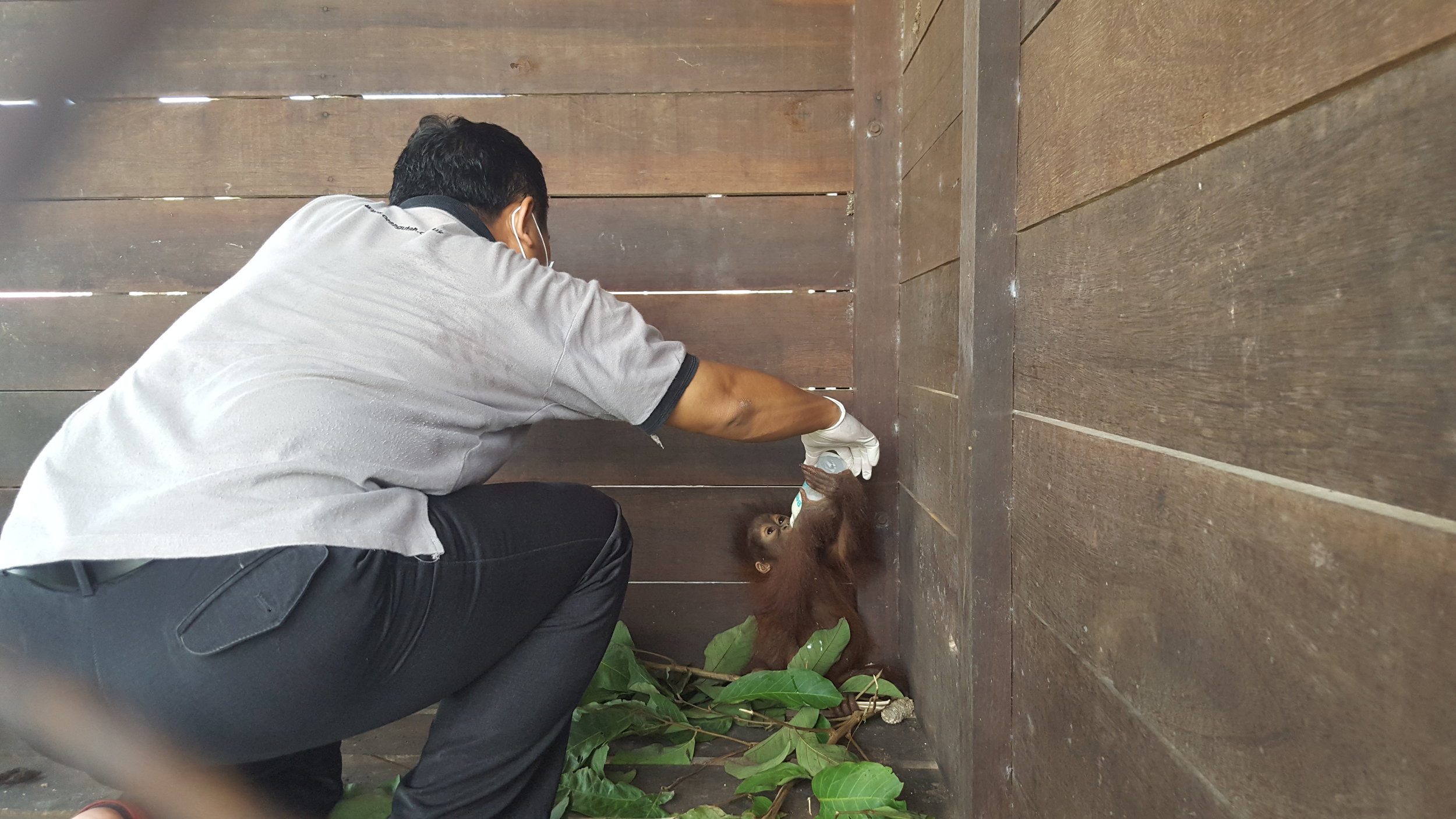
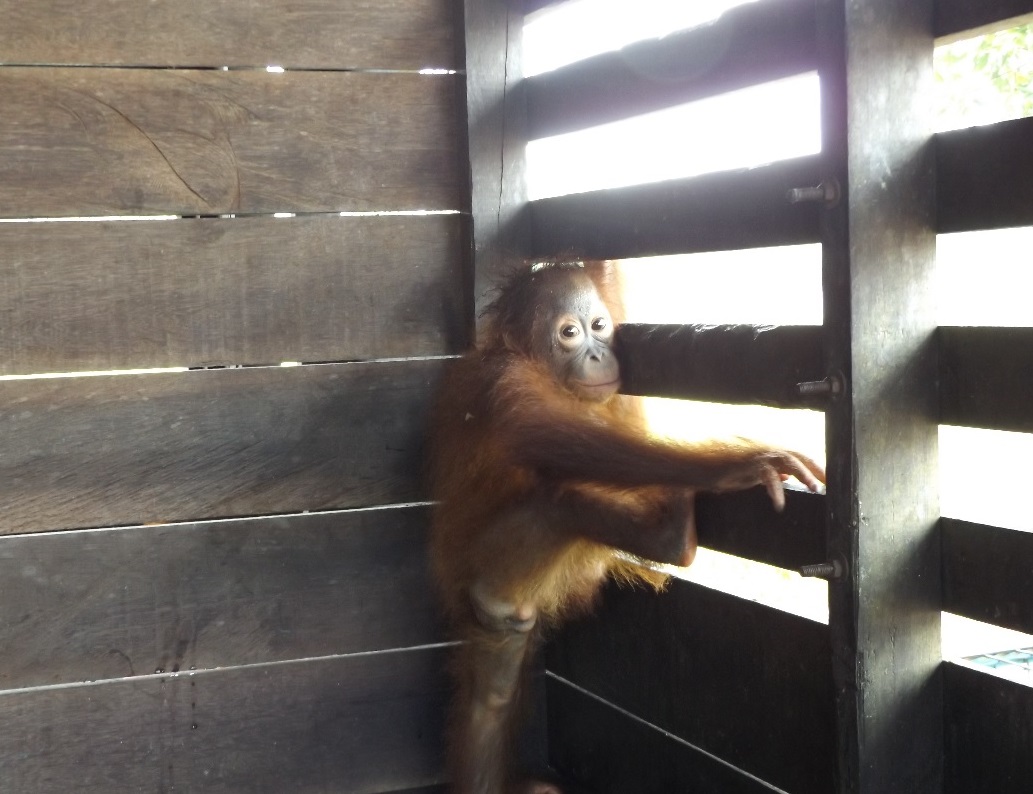
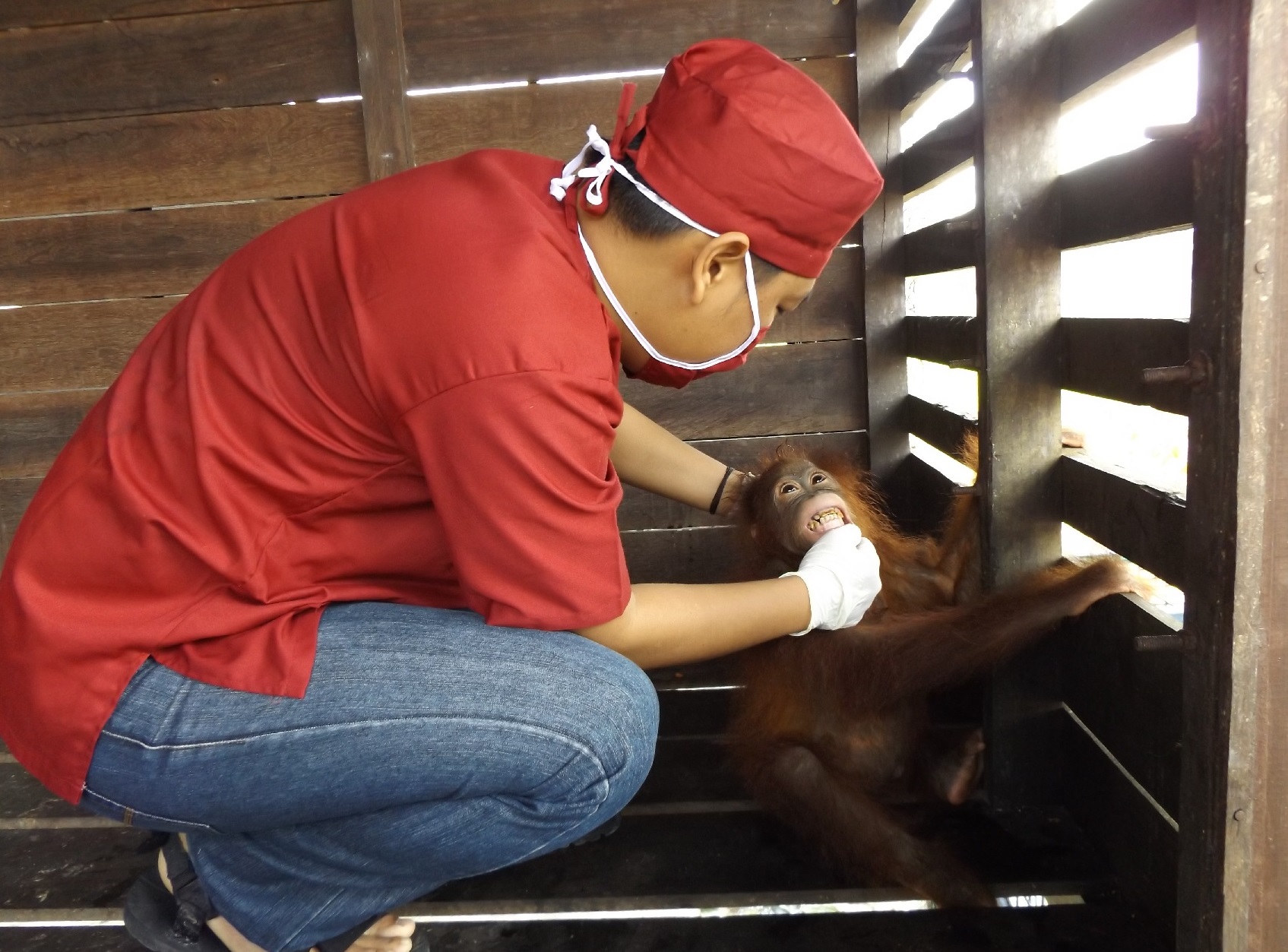
 6,000 wild Bornean orangutans live in the Belantikan region. The largest population outside of a protected area. Orangutan Foundation actively engages key stakeholders to conserve this critical tropical forest ecosystem.
6,000 wild Bornean orangutans live in the Belantikan region. The largest population outside of a protected area. Orangutan Foundation actively engages key stakeholders to conserve this critical tropical forest ecosystem.
